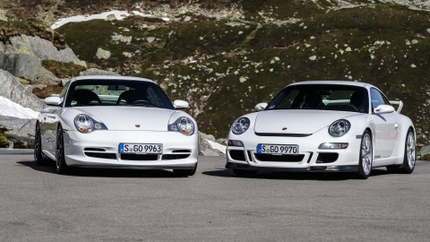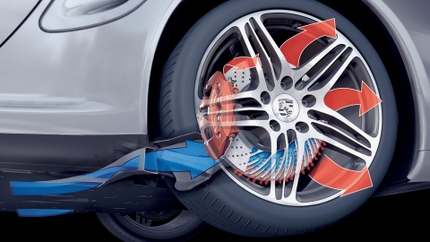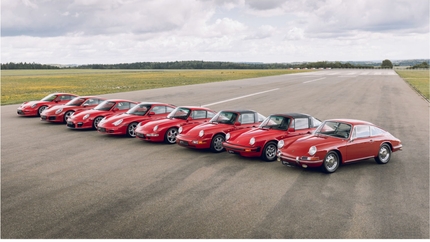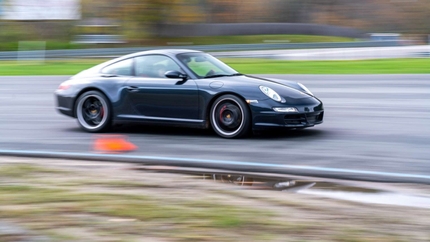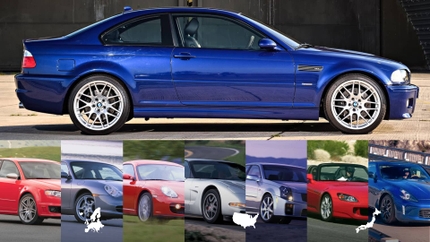As Porsche has shown us, evolution is good, and the 997 911 might just be the best example of that. In just a short amount of time, the Porsche 997 has become one of the most loved generations of Stuttgart’s ultimate sports car. Its record-breaking success in the showrooms and continued success on the race track were all testaments to the car and how good it was compared to its competition. Now, ten years after production ended, the last of the “perfectly-sized” 911s bring good money to those selling them and unbridled joy to those who drive them. They aren’t perfect, though, and things can get expensive if you aren’t careful. To avoid all of that mess, take a look below.
| Porsche 997 Buyer's Guide Table of Contents | |
The History Of The Porsche 911 997
Development of the second water-cooled generation began simultaneously, with the first 996s entering showrooms in 1998. By 2001, head designer Grant Larson and his team had completed the design, so the earliest prototypes started testing later that year. The 996 and Boxster had plenty of exposure to the media and the public during the 997’s design period, so Larson and the team were well aware of the generally hostile reception of the funky “fried egg” headlights. The succeeding model would do away with that design and return to the classic round headlight and bumper-mounted turn signal combination. The Porsche faithful and motoring press received the 997’s exterior design much more favorably than the 996, touting it as a return to the iconic 911 design. Along with the revised headlights, the 997 featured an almost entirely new exterior, building on the shape set by the 996.
The 997 hit US shores for the 2005 model year with the Carrera and Carrera S in Coupe and Cabriolet bodies. Sporting new engines, more advanced suspension technology, and a completely overhauled interior, the 997 was a smash hit for Porsche. The following year brought out the all-wheel-drive Carrera 4, Carrera 4S, and the Targa models, available in 4 or 4S trim, with the Turbo and GT models debuting the following year. Those models remained in the line up until the 2009 model year when Porsche delivered a facelift. All of the 997s with the earlier bodywork can be referred to as 997.1s. The facelifted models wear the 997.2 distinction and introduced a massive mechanical update to the 911.
The new engines introduced in the 997.2 Carrera eliminated the catastrophic issues synonymous with the previous engines. They also utilized direct fuel injection and a new case material to add strength, power, and reliability to the engine bay. Bolted to those new engines in many 997s was Porsche’s first dual-clutch transmission for a road car, dubbed the PDK. It eliminated the Tiptronic S automatic as the non-manual option, greatly enhancing the driving experience of every 997.2 equipped with it. For the first time in a few decades, Porsche introduced an all-new Carrera model, too. The Carrera GTS and Carrera 4 GTS filled the massive hole between the GT3 and Carrera S, and today they remain a sweet spot in the 997s line-up.
Along with the range of standard models, the 997-generation was filled with special editions. The Porsche Club of America is an integral part of PCNA customer relations, so Porsche opted to create a special model for the club’s 50th anniversary. The 2005 Club Coupe wore unique Club Blau paint and was limited to 50 examples. It was the only 997.1 special edition. The 997.2 saw everything from special edition Carreras like the Black Edition to all-new, limited models like the Speedster and Sport Classic.
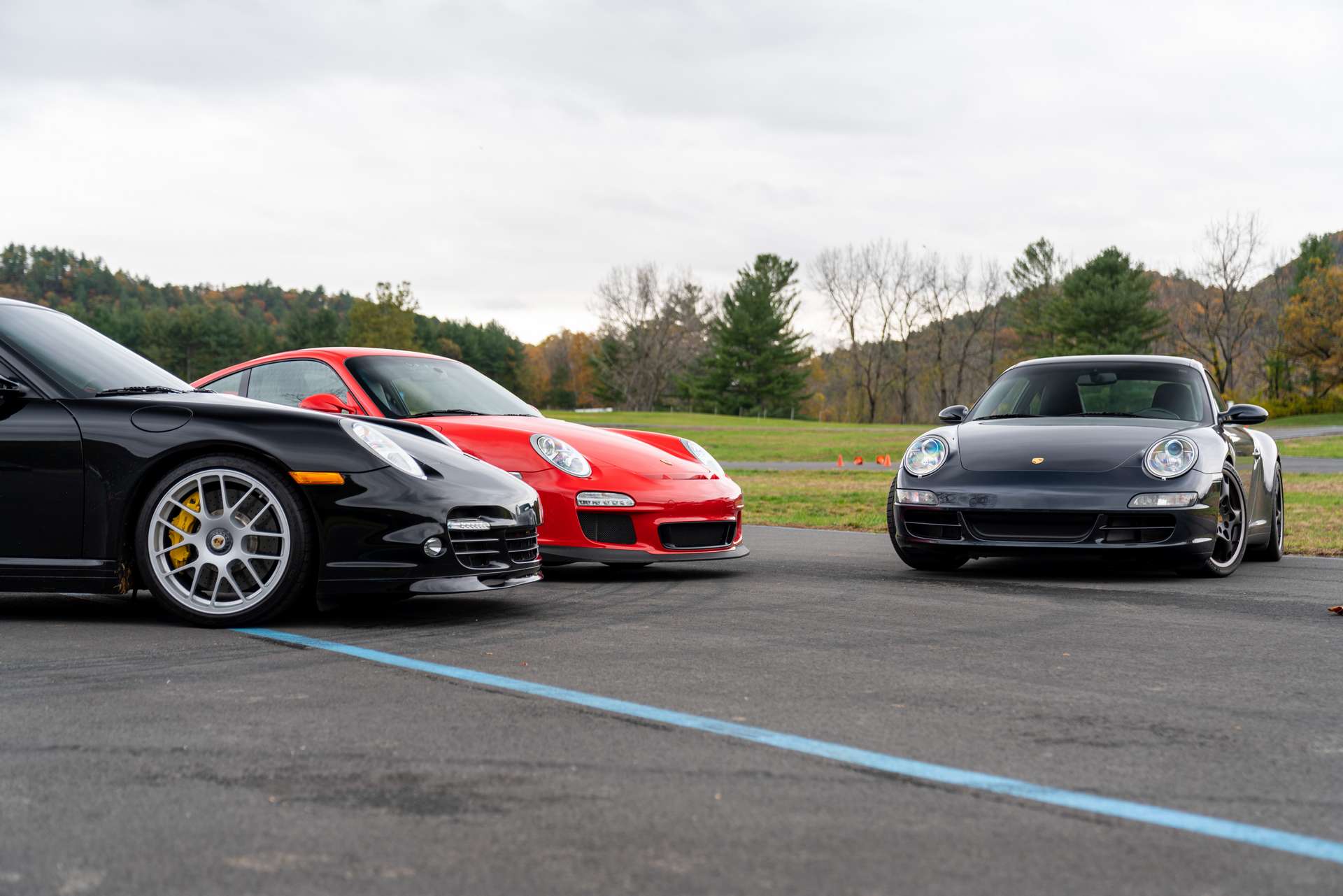
With the end of the 997, the 911 once again found itself in an all-new chassis. Significantly longer and featuring more electrical and less mechanical tech, the succeeding 991 generation is a different step in 911’s history. As such, the 997 is the last of the mechanical water-cooled 911 and every 911 for that matter. Ten years out of production, the 997 has become sought after by collectors and enthusiasts alike.
997.1 (2005-2009)
The 996 introduced the first all-new 911 chassis since its initial debut in 1963. The clean sheet allowed Porsche to make the 911 more approachable by the average driver, eliminating some of its oversteering habits for safe understeer. However, the transition to a safer car left some handling improvements on the table. Knowing that much of the gains were under the skin, they became a priority for the next-generation 911.
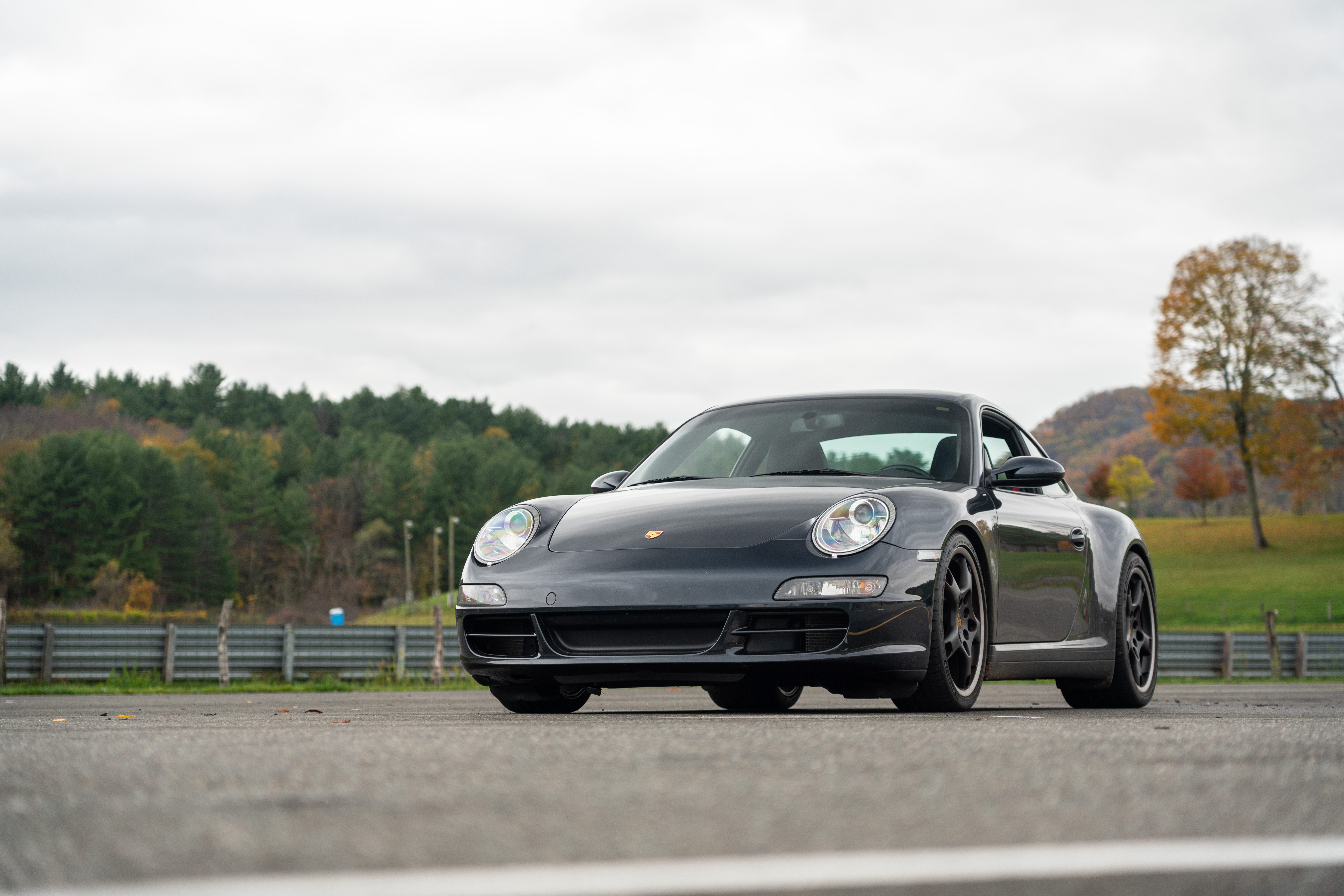
The 997’s exterior look was designed and completed before chassis development began. In that design, Porsche decided to fit the Carrera S with 19” wheels—much larger in diameter and width than any wheel ever fitted to a Carrera. The wheel design increased mechanical grip but became too much for the original 996 chassis to handle. Early prototypes distributed so much load onto the chassis and suspension that they broke, requiring Porsche engineers to redevelop how the body was assembled. Refinement of the welding techniques and adhesives used resulted in an 8% increase in chassis rigidity, Added bracing and welding resulted in another 40% improvement in rigidity. The additional strengthening did add weight to the chassis, so the base 997.1 is around a hundred pounds heavier than the lightest 996.2.
While the added weight was hardly an issue, Porsche engineers ensured that it wasn’t noticed. The base Carrera and Carrera 4 kept the 3.6-liter M96 but in updated .05 guise. Fit with intake and exhaust improvements, engineers eked out another five horsepower for a peak of 325, though torque remained the same as the outgoing 996 Carrera. The Carrera S, for the first time, was given a larger engine than the non-S model. Porsche introduced the 3.8-liter M97.01 in the S and 4S—fundamentally identical to the M96 but with a 3mm larger bore. The bigger flat-six made around thirty horsepower and fifteen lb-ft of torque, more than the 3.6-liter. Also helping with speed and acceleration was the 997’s drag coefficient. The Carrera’s reduction from 0.30 to 0.28 allowed for an increase in fuel efficiency and overall speed, too.
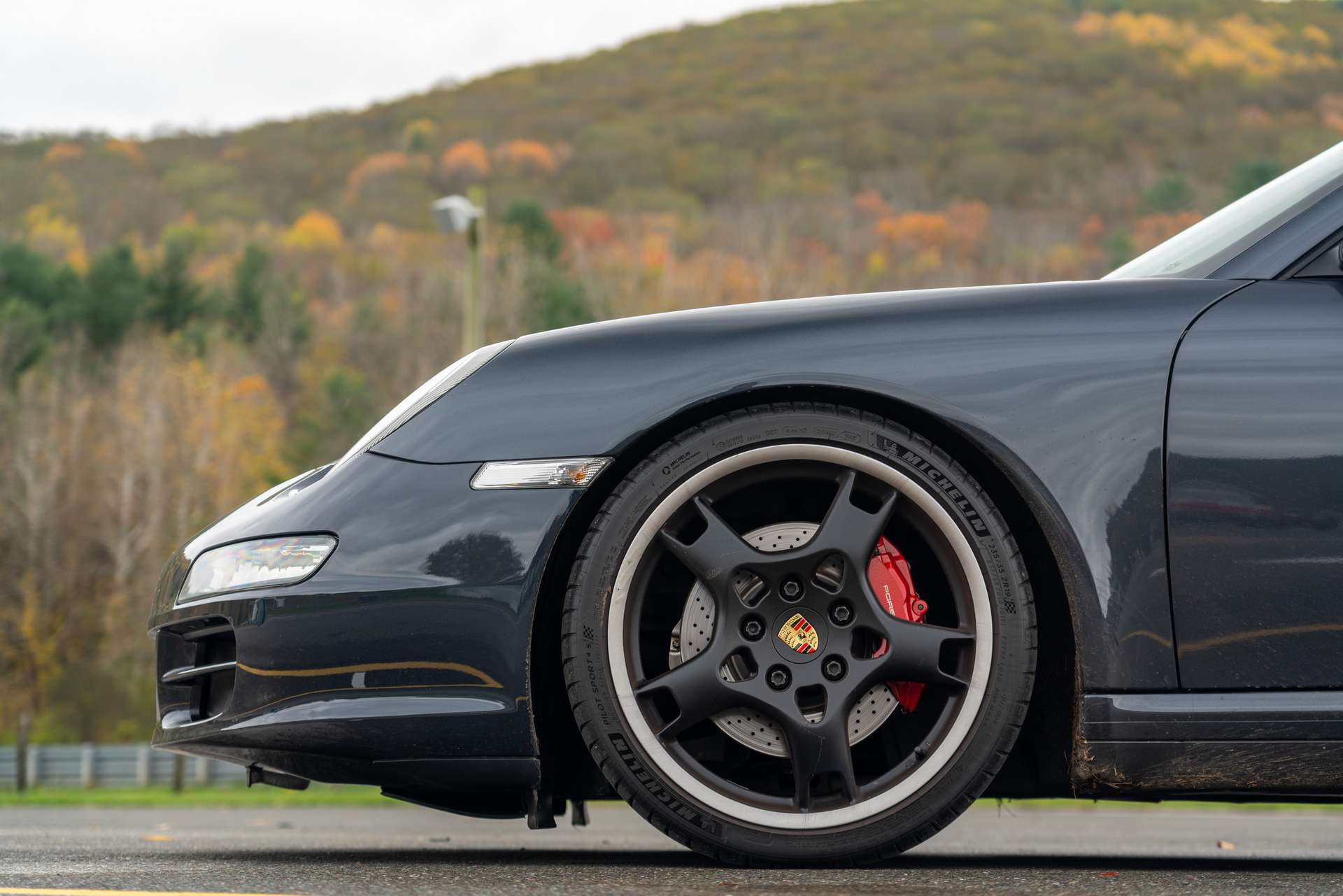
Under the skin, the 997 utilizes the same suspension architecture as the 996. A MacPherson strut front suspension is controlled by a two-piece lower wishbone consisting of a control arm and thrust arm. The rear suspension uses a multi-link architecture that Porsche calls LSA (Lightweight design, Stability, Agility). The LSA uses the same lower wishbone set up as the front but ditches the strut for two upper control arms and a toe arm. A coil-over-shock that connects to the bottom of the knuckle controls damping in the rear. Non-S Carrera models essentially carried over the 996’s suspension, including their small caliper-spacing knuckles. However, the S and Turbo models received Porsche’s first active suspension, dubbed PASM. The GT models also received PASM but with GT-specific valving to accompany their two-piece, adjustable lower control arms.
Porsche Active Suspension Management was the standard suspension on all S, Turbo, and GT models and an option on base models. Porsche’s approach to active suspension was through a bypass valve fitted inside the damper. The valve is hydraulically activated and controlled by sensors and computers. The PASM computer opens or closes the valve depending on the suspension setting and the conditions read by the various sensors. The driver can also choose which setting they’d like their suspension in, though it’s limited to “Normal” and “Sport.” The adjustability allowed for a more comfortable road car without sacrificing any performance from comfort-oriented components. Passive sway bars are fitted to every 997 regardless of model.

Speaking of comfort, the interior redesign between the 996 and 997 was enormous. Journalists criticized the 996 for its hard plastics, funky shapes, and poor design compared to the 993 and prior generations. The overall condition of the dashboard is much more reminiscent of the air-cooled models, with the gauge cluster surround extending across the dashboard as its leading edge. The funky oval buttons and shiny plastics were replaced with a silver-faced head unit and climate control system set into the dashboard’s center that extends down to meet with the center console. Instead of the tacked-on side vents that looked more like an afterthought, the 997 has a pair that look like they belong. Take a look at the two dashboards side by side, and it shouldn’t be much of a challenge to see the improvements.
The visual improvements extended to the exterior of the 997, too. Sweet relief from the polarizing 996, the 997 has become a modern-day classic that nearly every Porsche enthusiast enjoys.
The traditional round headlight and bumper-mounted turn signals were again present on the 911, leaving the maligned and non-traditional “fried-egg” headlights behind. Wheels and trim came down to whichever model was selected. The all-wheel-drive models and the GT3RS were built around a reinforced 997 chassis with a wider rear track and bodywork. The GT3 uses the nose section from a Carrera 4 chassis, with the rest of it coming from the narrow-body Carrera. There’s much more to the 997.1 than listed above, though those are a good portion of the basics.
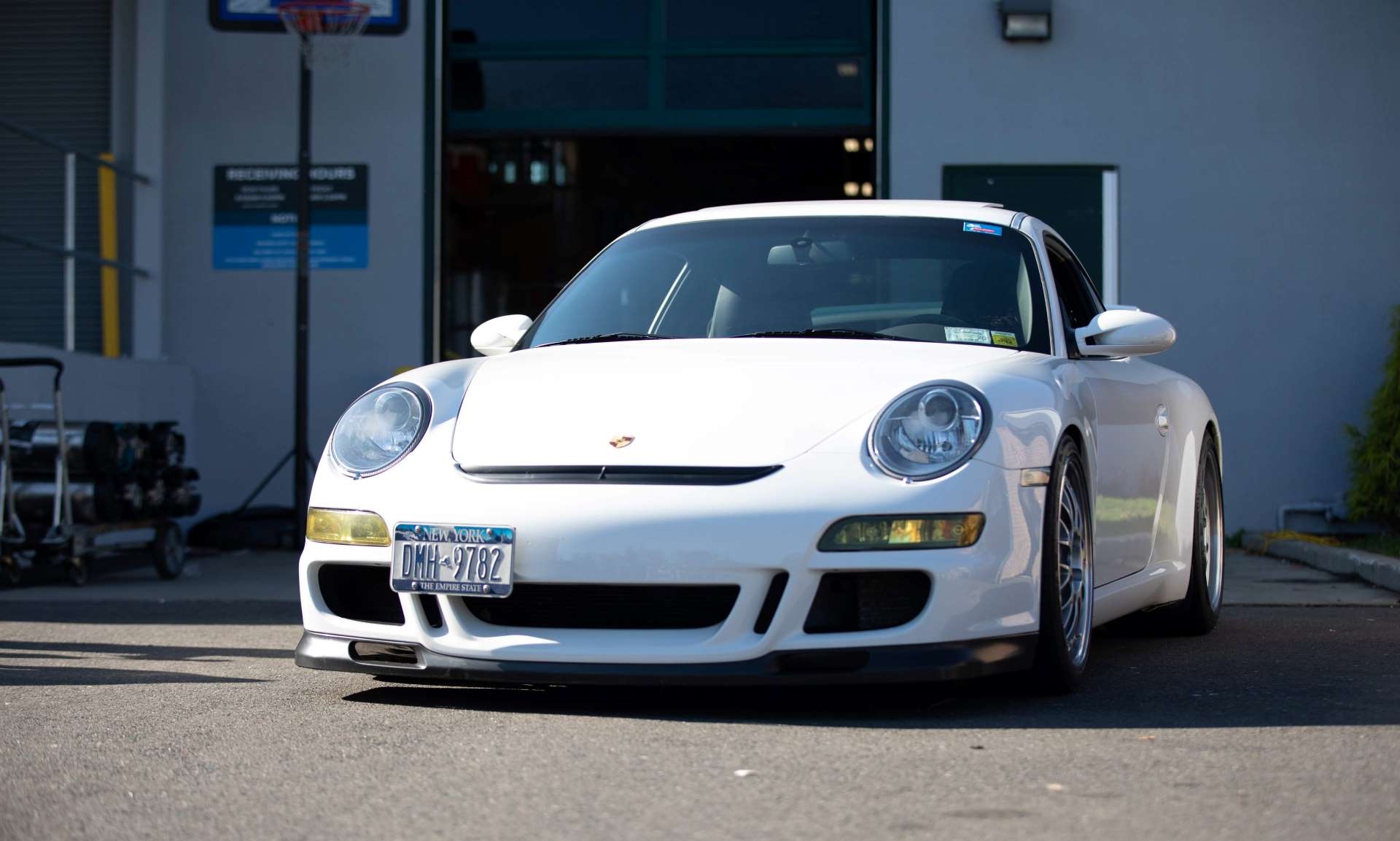
997.2 (2009-2013)
The 997.2 hit the showroom floors for the 2009 model year with the Carrera and Carrera S, as the 997.1 did just a few years earlier. The chassis, exterior, and interior designs saw slight updates to make the 997 more in line with competitors. However, the engine and drivetrain components underwent a massive overhaul. New models and several special editions also appeared during the 997’s second-half run, giving this 911 generation as much variance as the complete history of other models. Plus, their relative mechanical feel and smaller size, combined with powerful and reliable engines, make them the sought-after water-cooled 911 model.
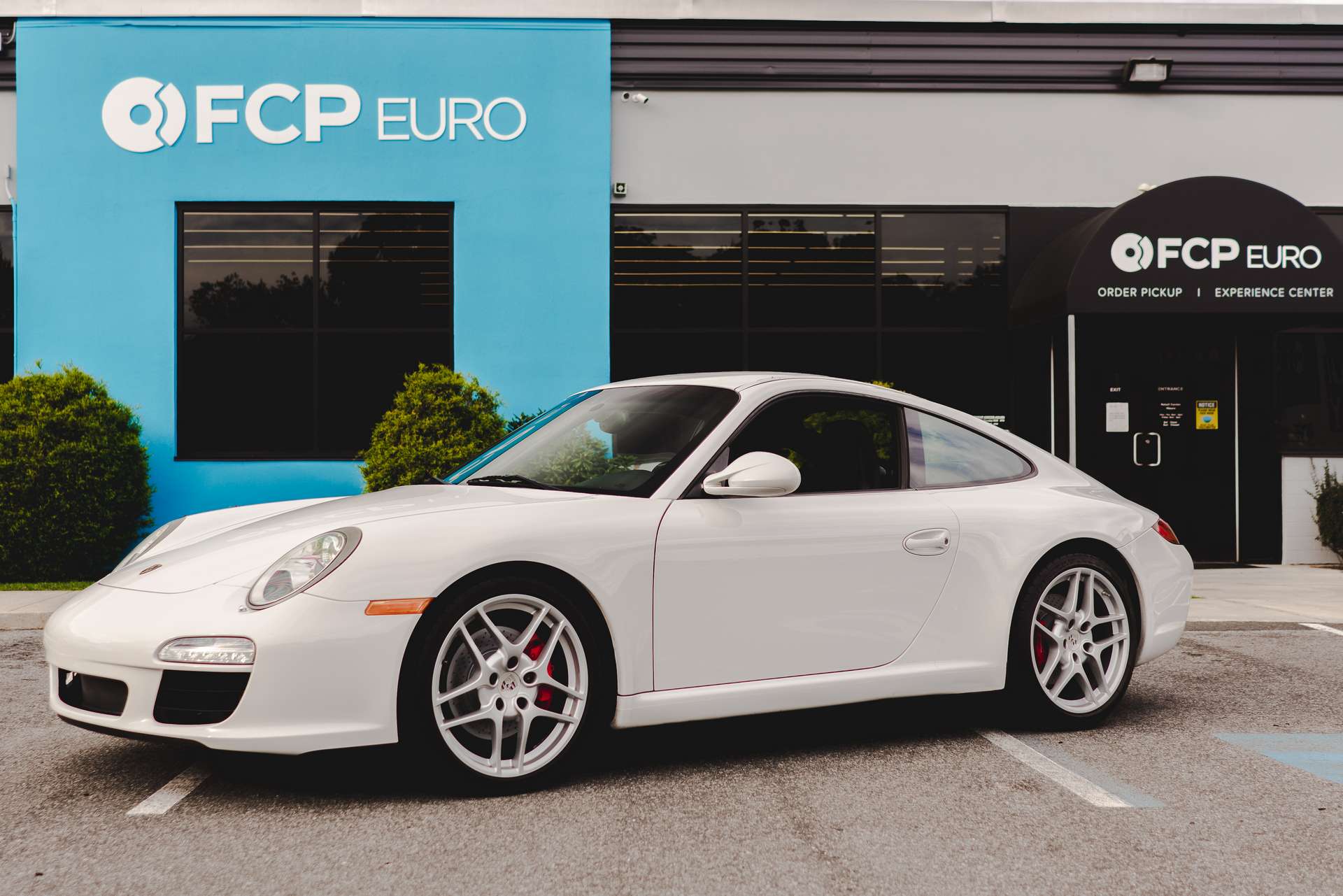
The biggest negative to owning any 997.1 Carrera variant is the possibility that its engine would develop serious issues. The M96 and M97 engines were band-aided versions of those found in the 996 that produced more than a couple of potentially catastrophic failure points. The 997.1s were almost free of them, but there were still a decent number of owners affected by the problems. Porsche designed a brand new engine to remedy them once and for all, free of any cost-saving measures used in the 996 design. Dubbed the 9A1 series of engines, they brought the 911’s naturally aspirated power plant into the present day.
The first two engines introduced under the 9A1-series were the MA1.01 and the MA1.02 for the Carrera S and Carrera, respectively. The new engine was entirely new and engineered without a restrictive budget like its predecessor. Advancements like direct fuel injection, VarioCam Plus, a forged rotating assembly, and the AluSil crankcase brought the flat-six into the modern world and much-needed reliability to the Porsche’s water-cooled engines. Displacements remained the same in Carrera models, but the Turbos received a bump to 3.8-liters.
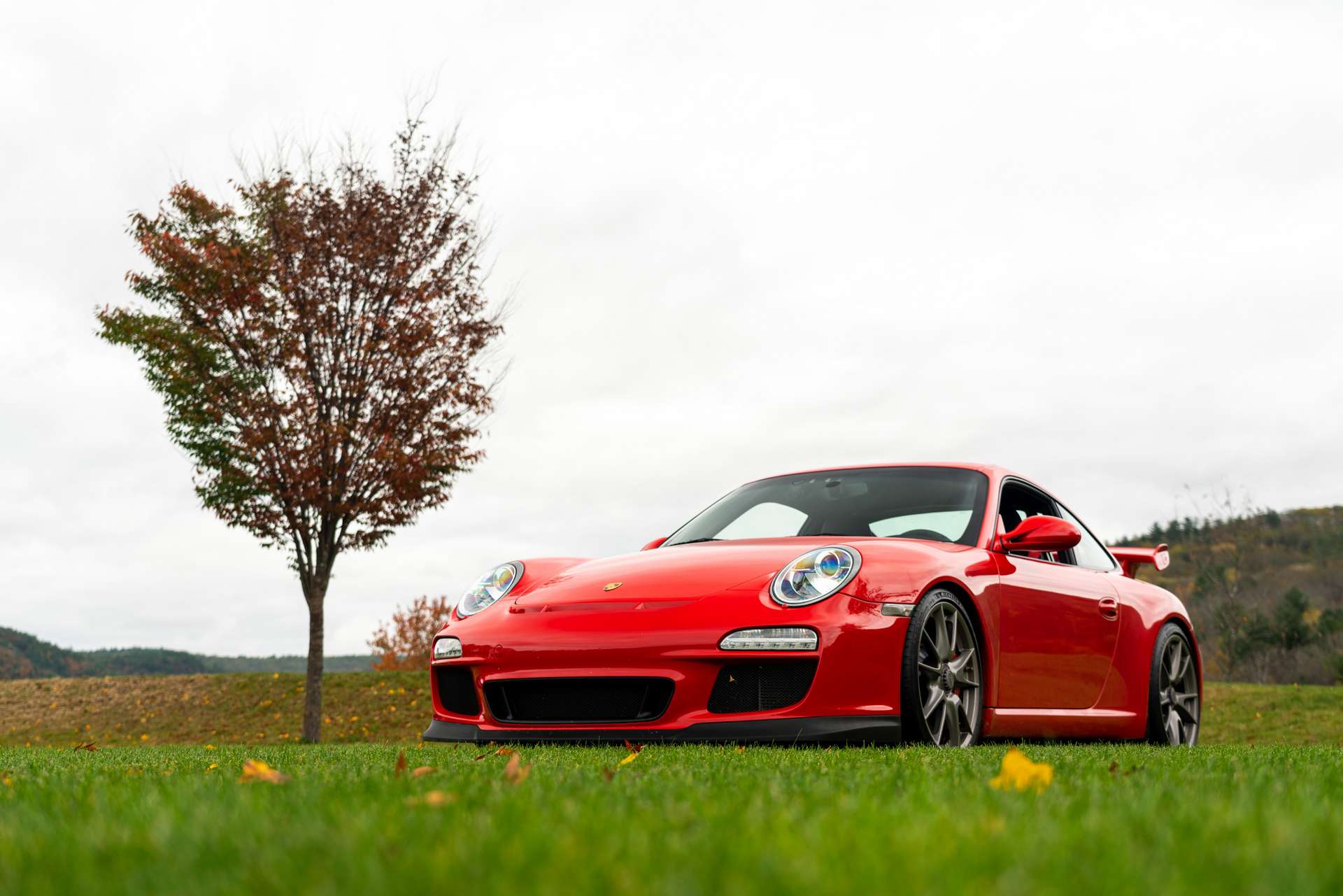
Peak power and power under the curve were up in every Carrera and Turbo, as were each variant’s MPG. According to Porsche, the stratified injection from the DFI allowed for leaner but more controlled combustion leading to those power gains and a 15% reduction in CO2 emissions. Although the 9A1-series engines made it into the Carreras and the Turbo models for the 997.2, the GT variants retained their Mezger-based M97 power units, albeit with larger displacements and more power.
Also joining the line-up for those same models was Porsche’s first dual-clutch transmission for a streetcar. The PDK transmission, shortened from Porsche Doppelkupplingsgetribe, had been in development since the early eighties. Making appearances in the 956/962 race cars and Audi’s Group B Quattro rally machines, the PDK was considered just out of reach for public consumption at that point. Thirty-something years later, it quickly became the dual-clutch gearbox to beat thanks to its bulletproof reliability, ease of use, and lightning-quick shifts.
The PTM all-wheel-drive system from the 997.1 Turbo was new for the AWD Carreras. The electronically controlled center differential and associated systems were far more advanced than the previous setup and gave the 997.2 better dry and wet weather handling characteristics. Helping the handling and safety in those wet weather conditions was also the larger calipers fitted to the Carrera and S models. While the Turbo’s PTM trickled down, the new Turbo S was equipped with the new Porsche Torque Vectoring system. Using input from steering angle and steering speed, accelerator pedal position, yaw rate, and vehicle speed, the PTV system will brake one of the rear wheels.
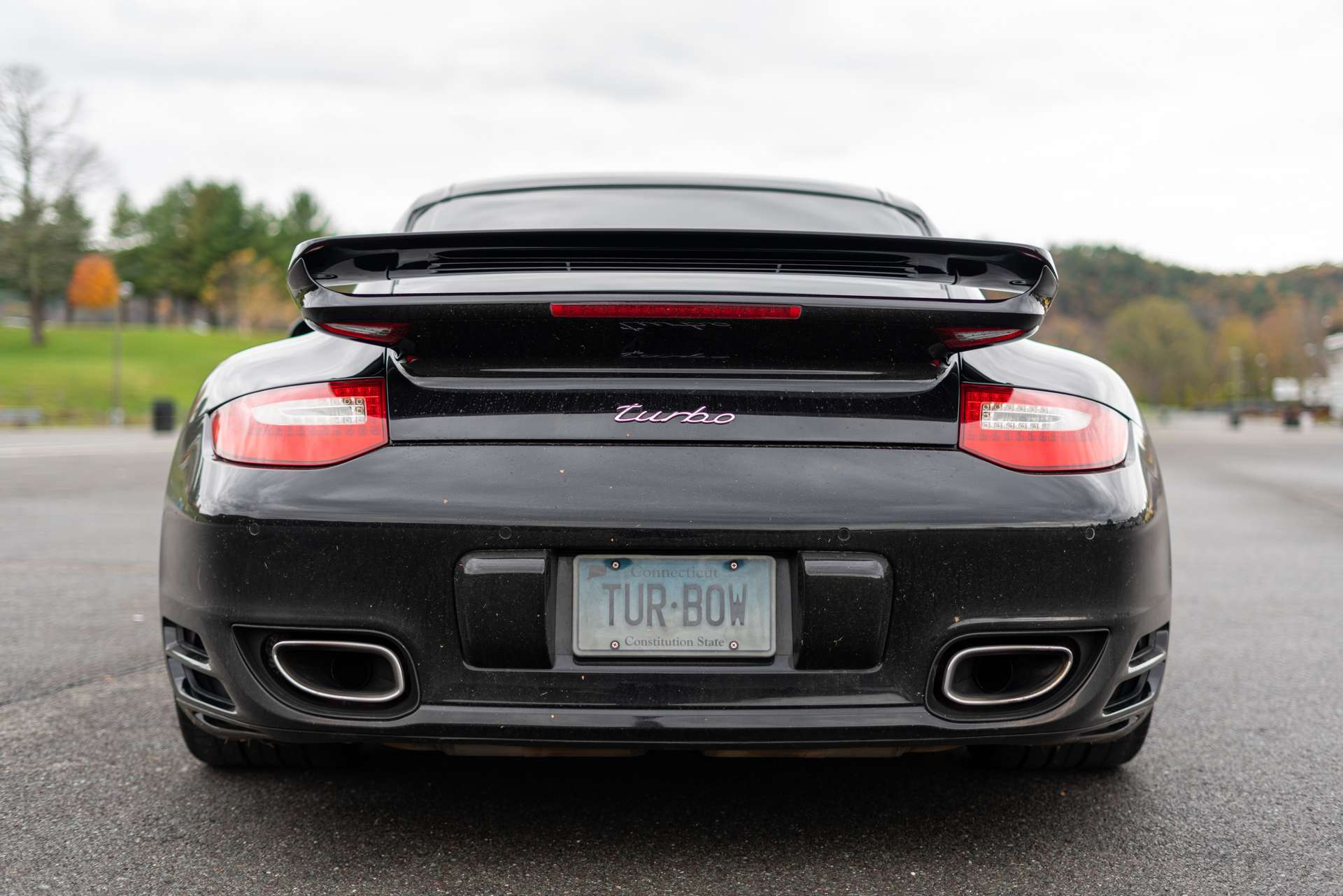
The rest of the updates to the 997 were almost entirely cosmetic or options-related. Each 997 now received bi-xenon headlights as standard, while the taillights were reshaped entirely and fitted with LEDs. Porsche also gave both the bumpers and the wheel choices a refresh. Other things like a slightly larger PCM touchscreen, the introduction of Sport PASM, and the debut of a handful of new models kept prospective buyers on their toes.
Porsche 997 Models & Variants |
||||
|
Model |
Year |
Engine |
Driveline |
Power |
|
997.1 Carrera/Carrera 4/Targa 4 |
2005-2008 |
3.6 L Normally Aspirated M96.05 |
Six-Speed Manual Five-Speed Tiptronic S |
325hp/273lb-ft tq |
|
997.1 Carrera S/Carrera 4S/Targa 4S |
2005-2008 |
3.8 L Normally Aspirated M97.01 |
Six-Speed Manual Five-Speed Tiptronic S |
355hp/299lb-ft tq |
|
997.1 911 Turbo |
2007-2009 |
3.6 L BiTurbo Mezger-based M97.70 |
Six-Speed Manual Five-Speed Tiptronic S |
480hp/457lb-ft tq |
|
997.1 GT3 & GT3RS |
2007-2009 |
3.6 L Normally Aspirated Mezger-based M97.76 |
Six-Speed Manual |
415hp/299lb-ft tq |
|
997.1 GT2 |
2008 |
3.6 L BiTurbo Mezger-based M97.70S |
Six-Speed Manual |
530hp/516lb-ft tq |
|
997.2 Carrera/Carrera 4/Targa 4 |
2009-2012 |
3.6 L Normally Aspirated MA1.02 |
Six-Speed Manual Seven-Speed PDK |
345hp/287lb-ft tq |
|
997.2 Carrera S/Carrera 4S/Targa 4S |
2009-2012 |
3.8 L Normally Aspirated MA1.01 |
Six-Speed Manual Seven-Speed PDK |
385hp/310lb-ft tq |
|
997.2 Carrera GTS/Carrera 4 GTS |
2010-2012 |
3.8 L Normally Aspirated MA1.01S |
Six-Speed Manual Seven-Speed PDK |
408hp/310lb-ft tq |
|
997.2 Turbo |
2009-2012 |
3.8 L BiTurbo MA1.70 |
Six-Speed Manual Seven-Speed PDK |
500hp/480lb-ft tq |
|
997.2 Turbo S |
2010-2013 |
3.8 L BiTurbo MA1.70S |
Seven-Speed PDK |
530hp/516lb-ft tq |
|
997.2 GT3 |
2010-2011 |
3.8 L Normally Aspirated Mezger-based M97.77 |
Six-Speed Manual |
435hp/317lb-ft tq |
|
997.2 GT3RS |
2010-2011 |
3.8 L Normally Aspirated Mezger-based M97.77R |
Six-Speed Manual |
450hp/317lb-ft tq |
|
997.2 GT3RS 4.0 |
2011 |
4.0 L Normally Aspirated Mezger-based M97.74 |
Six-Speed Manual |
500hp/339lb-ft tq |
|
997.2 GT2RS |
2011 |
3.6 L BiTurbo Mezger-based M97.70R |
Six-Speed Manual |
611hp/516lb-ft tq |
Porsche 997 Engines
With over twenty different model variants and thirteen different engines, it really isn’t easy trying to decipher which model has which engine and to be fair, you won’t have to do that. As long as you know which family your engine comes from, you’ll be able to learn about their various pros and cons. Thinking of it that way, the 997’s engines can be boiled down to three families: Mezger-based, 9A1, and M96/7.
M96 & M97 Engines
Starting with the most common engine of the 997.1, the M96 and M97 trace their roots back to the 996. By now, we all know that Porsche was struggling financially in the ’90s as their models became outdated, expensive, and underpowered. The Boxster and 996 Carrera were the saviors that Porsche needed, and that was thanks to a lot of new tech, including the company’s first fully water-cooled flat-six. However, the financial strain placed budgetary restrictions on the engineers, and some corners were massaged to produce a more cost-effective package.
A good but not great engine with an unfortunate handful of flaws resulted. When the troubled engines reached 997 production lines, Porsche had assured customers that the issues were fixed. It turns out they weren’t, though, and catastrophic Intermediate Shaft failures caught owners of 2005 and some 2006 Carreras. Enough models were affected for a class-action lawsuit brought against Porsche that was eventually settled in the people’s favor. The later mid-2006 through 2008 M96 and M97 engines were relatively free of IMS failures, though they can be found if you look hard enough. Other small engine issues like rear main seal leaks, VarioCam solenoid failures, and water pump failures affected all engines without prejudice.
The 99.5% of times when they were working as Porsche intended, the M96 and M97 provided plenty of grunt for the Carreras. With 70 less horsepower and a bit less torque, the 997.1 was almost able to out-drag an E92 M3, and it helped the Carrera S lap the ‘ring nearly ten seconds quicker! Plus, outside its failure points, the M96/7 is relatively easy to care for. They prefer the very best quality oil, changed every 5,000 miles, and using a good wear-reduction oil additive such as LIQUI MOLY MoS2 or Ceratec can go a long way to keeping things happy. Water pumps and thermostats should be changed regularly at around 60,000 miles, as should the ignition coils and spark plugs. Generally speaking, an M9X is happiest when it enjoys longer trips, with reasonably frequent runs to redline once everything is warmed up. Warm oil and pulls to redline ensure every component in the engine is well lubricated and safe from excess wear.
9A1-Series Engines
By the time 997 production rolled around, Porsche had the financial stability and the mission to develop a new flat-six for their 911 that would be more efficient, more powerful, and light-years more reliable than their budget-restricted first attempt. Technology had moved on in the ten or so years since the M96 first began testing, and the engineers in Stuttgart took full advantage of that. Debuting in the 997.2 Carrera and Carrera S, the 9A1 engines were just what Porsche was looking for.
The new engine was made from an advanced AluSil alloy that used silicon crystal to provide a slick and scratch-resistant coating to the cylinder walls. Instead of open cooling jackets, the space between the cylinders was primarily filled with more AluSil, giving the 9A1s a closed deck. Yet, even with the extra material, the 9A1 case was lighter than its predecessor’s. Inside the case, the eight main bearings supported the fully-forged rotating assembly. Supplying the induction and exhaust duties were the new cylinder heads. Unlike the M96, which used a single-cylinder head casting positioned in opposite directions, the 9A1s used bespoke left and right-side heads that contained the entire timing chain system on the front of the engine. That allowed Porsche to ditch the pesky IMS and rid their Carreras of that issue.
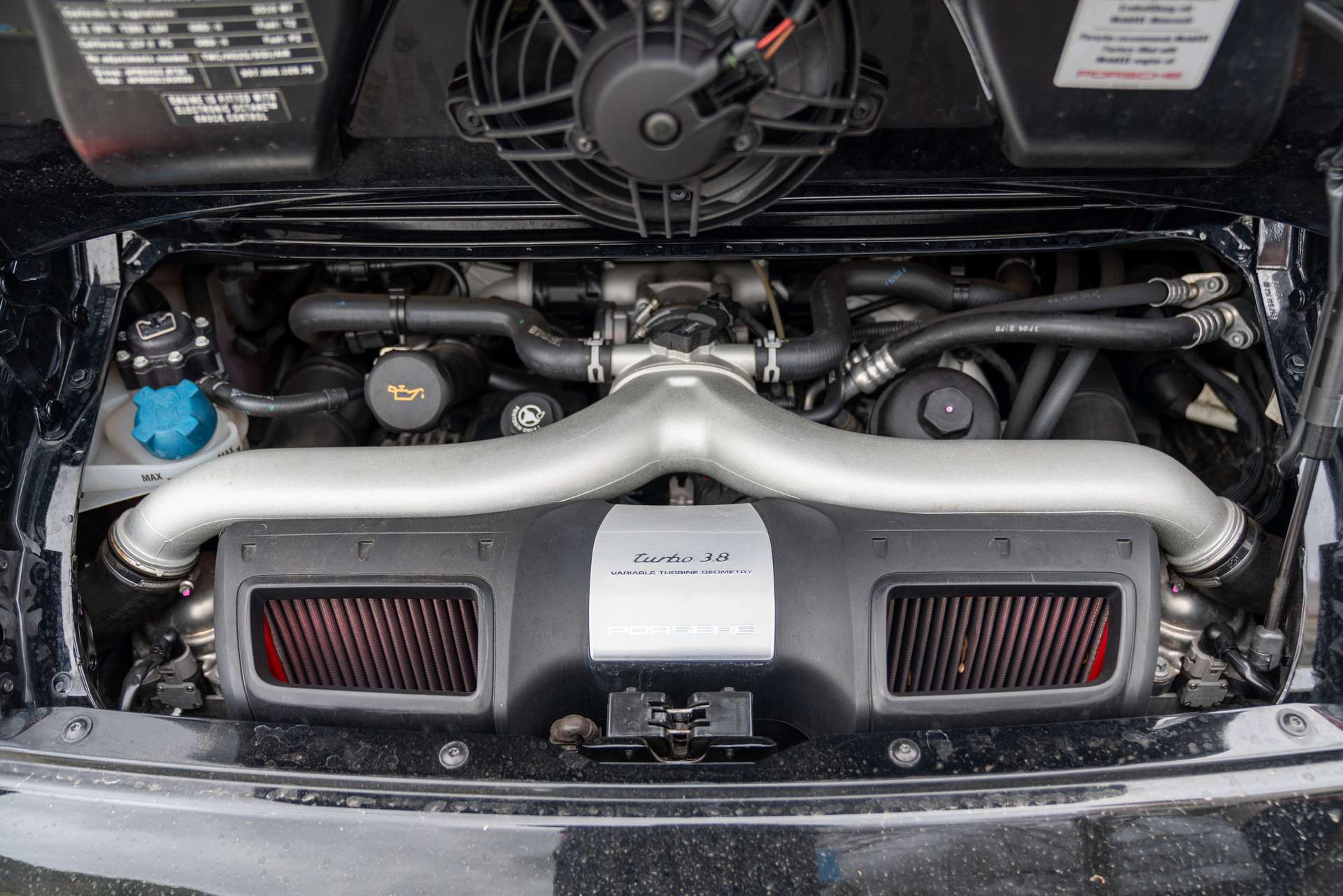
The fuel system was new, too, utilizing direct injection and a high-pressure fuel pump to spray fuel right into the combustion chamber. The accuracy at which the DFI provided the fuel allowed for a more accurate and efficient burn, with less carbon-based emissions than its port-injected predecessor. Also aiding in the pursuit of perfection was the VarioCam Plus valvetrain. VarioCam Plus is their grouping of variable valve timing and variable valve lift in Porsche’s speak. Between the DFI and cylinder head advancements, the 9A1s in the Carrera and Carrera S produce significantly more power under the curve and modestly higher peak numbers than the outgoing M9X engines. Critically though, the 9A1-series engines have been resoundingly reliable with only one potential flaw for cold-climate cars. The extreme tolerances used in the piston to wall clearance can cause scoring if used too aggressively before the engine is up to temperature. Beyond that, keep them cool and run them hard. They’ll treat you well.
Mezger-Based Engines
So much has already been said about these engines that there isn’t too much to say. Designed by the engineering genius Hans Mezger, the engines fitted to the 997’s GT models and the 997.1 Turbos are hybrids. No, not the kind you’re used to, but a combination between a water-cooled and air-cooled engine. Understanding that four valves per cylinder would create too much heat for their air-cooled engines, Porsche designed a water-jacketed cylinder bank that would slide onto the studs of their proven and reliable air-cooled crankcase. The bottom of the bank was sealed, and the two banks were connected via crossover pipes. A water pump then circulated water through the cylinder and heads, but not around the crankcase. That remained cooled by oil.
The first iteration of that design appeared in the 935/78 lovingly named “Moby Dick” before it evolved into the Le Mans dominating form used by the factory and privateers in various chassis between 1982 and 1998. The following year in 1999, the first GT3 debuted sporting the first Mezger-based water-cooled production engine. Since then, Porsche has used it in the 996 and 997.1 Turbo and every GT variant culminating in the GT3RS 4.0.
Because of the literal decades of development and the ten Le Mans overall wins, the normally aspirated and turbocharged variants fitted to the GTs and Turbos are as reliable as they come. A singular issue with coolant piping adhesives coming loose was the only large issue to affect the production motors. Aftermarket tuners have had similar success, pushing the engines well beyond the 1000 horsepower mark successfully and reliably. That is with considerable modification, of course. If you find yourself lucky enough to own a model equipped with one of these power plants, I’d suggest holding onto it for a while. When gasoline isn’t the mainstream source of power, the Mezger engines will be regarded as one of the best of a bygone era.
Porsche 997 Transmissions
Porsche gave just about every 997 variant the option for a manual or automatic transmission, with the GTs being available exclusively with a manual. For the first time since the mid-late ’80s, the Carrera models weren’t equipped with Getrag-built transmissions. Instead, Porsche had changed their supplier to Aisin; however, they continued to use the Getrag gearboxes in their GT models. The well-proven Tiptronic S was built by Daimler-Benz, right down the road from Zuffenhausen, while the PDK was and still is built by ZF. Each one of those gearboxes performed well and reliably in just about every 997 they were equipped in, and none of them are particularly rare. Their differences are all pretty significant, even if they all perform the same basic function.
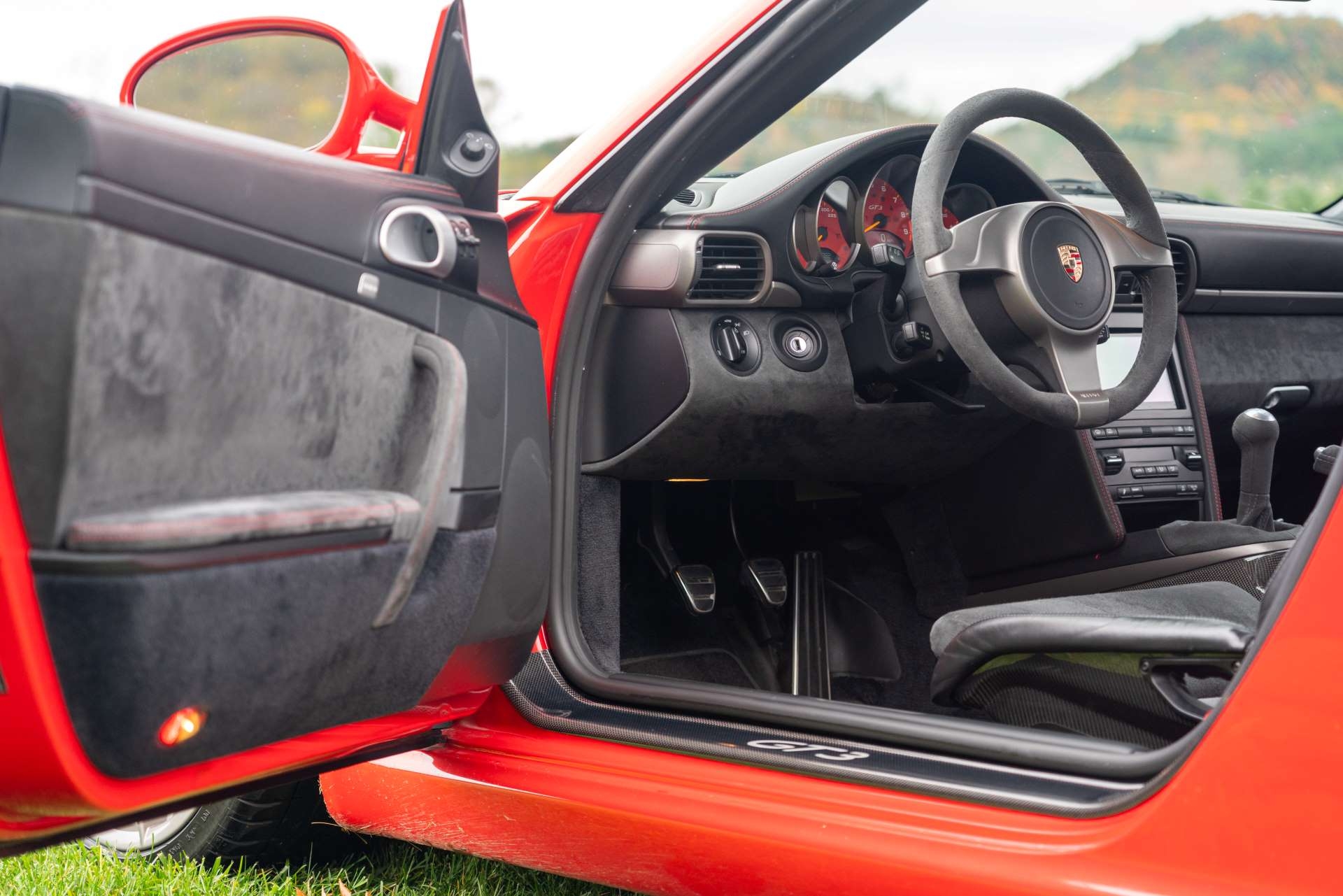
The most common gearbox you’ll find in a 997 is the six-speed manual included as standard equipment on every Carrera. Like the 996, the 997s use a cable-actuated shift linkage and a self-adjusting clutch to handle shifting duties, but the shift throw was reduced by 15% over the 996 transmissions. Inside the transmission, the synchro rings are all made from steel rather than brass for increased strength. First through third gears are carbon-coated, while fourth through sixth are molybdenum-coated. First and second gears use triple-cone synchros, the third uses a double-cone, and fourth through sixth use a single-cone synchro. All-wheel-drive models with manual transmissions used an identical gearbox as the rear-drive cars, except for the center differential and driveshaft-flange mounted on the nose. A few insignificant internal changes were made between the 997.1 to 997.2 transition, but none affected feel or operation.
The optional 997.1 transmission was the Tiptronic S five-speed automatic. It was a carryover from the 996 as it was reliable, easy to fix, and relatively quick to shift. The transmission computer reads the driver’s inputs during operation and creates a map of shift points and shift speed based on the operator’s driving habits. As such, owners will report different characteristics about their Tiptronics. Sport Chrono-equipped 997s also had the “SPORT” button affect their Tiptronics. The “SPORT” setting engaged a different shift map set with more aggressive parameters when selected. Drivers could also shift the gearbox up or down with the steering wheel-mounted gear selector switches. Even though Porsche ditched the Tiptronic for the PDK, it remains a decent transmission. The Tip will never be as engaging as a manual or PDK, but they are relatively responsive and lovely to drive on the street every day. Plus, their extensive use in Mercedes-AMG models has given them lots of aftermarket support for repairs and internal upgrades.
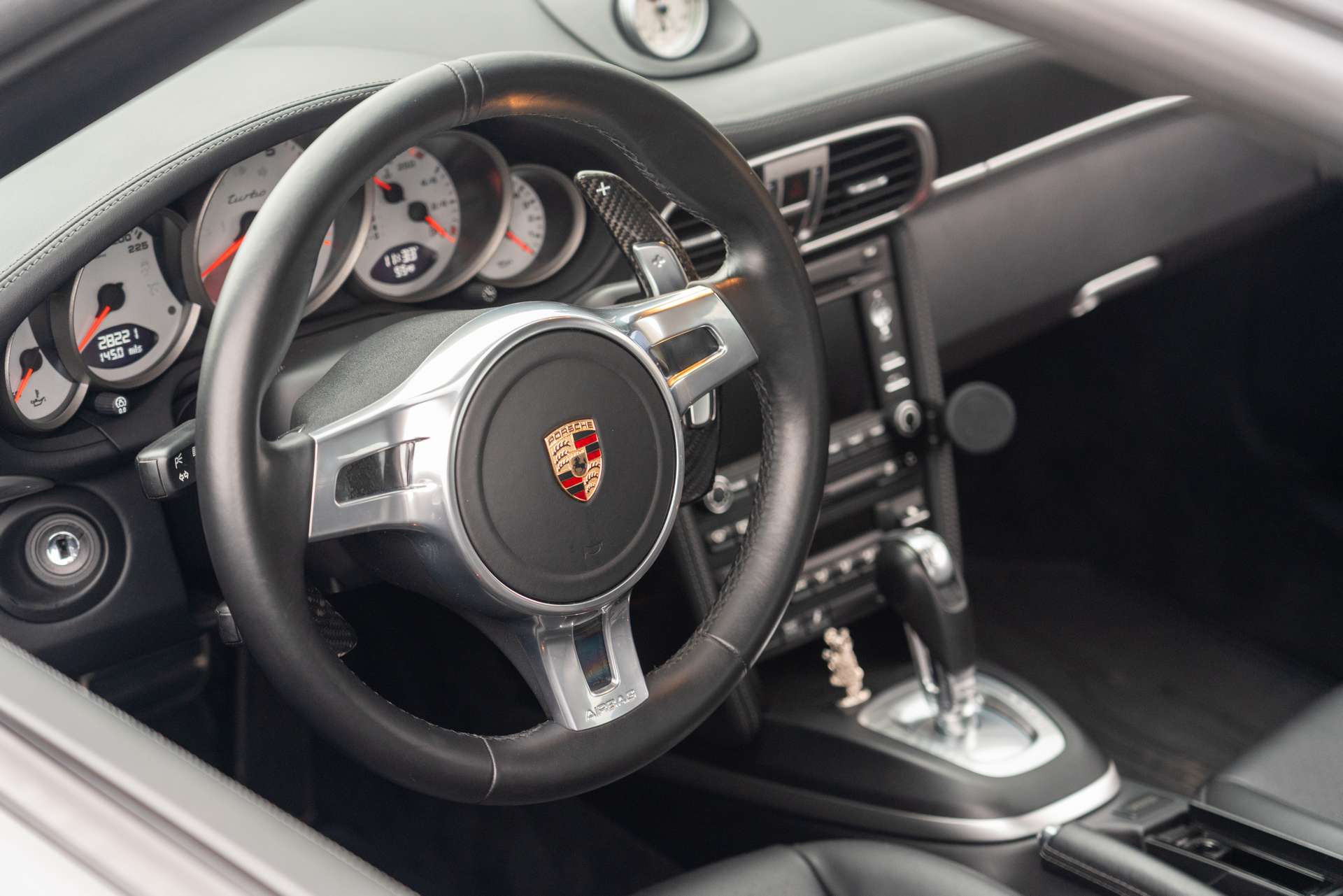
For the 997.2, Porsche introduced their seven-speed dual-clutch transmission they call the PDK. It began development in the early eighties 924 and 944 sports cars before finding its way into the 962 race car in 1986, where it saw world championship-winning success. Finally, decades later, the technology to control the gearbox exceeded its mechanical complexity, and Porsche was able to deliver the transmission they dreamed of. Without getting too technical, the PDK is essentially two transmissions in one. One shaft contains the even gear while the other contains the odd, and each has its own clutch. While accelerating, the transmission computer pre-selects the next gear so that the shifts happen nearly instantly as one clutch disengages and the other engages. The reduction in shift times allows the engine to stay in its power band more consistently and accelerate much quicker than the Tiptronic. It also brought launch control to the 997 and was able to withstand hundreds of launches in a row without mechanical failure. For those who don’t want to row their own, the PDK is the ultimate all-around transmission.
Last but not least are the GT and 997 Turbo gearboxes. Contrary to what some might believe, Porsche kept Getragas their supplier for their Mezger-equipped models. Their track record of providing strong and reliable transmissions was long-established, so Andreas Preuninger, head of Porsche’s GT division, continued to use them. A handful of differently coded Getrag transmissions are used in the various 997 GT variants, but they all share the same basic engine case and gear stack. Gear thickness and ratios depended on the model, with the Turbo and GT2s getting taller ratios for their stump-pulling torque. The screaming GT3s received shorter ratios to help with their relative lack of torque and astronomical rev limits. All but the G97.50 used in the Turbo received an oil-to-water cooler to keep oil temperatures in check and an internal oil spraying system to ensure everything inside stayed lubricated. Unlike the Aisin-built boxes, the Getrags have a wide range of customization options through the aftermarket. Sequential shifters, stronger gears made from billets, and a handful of limited-slip differentials are all widely available, with plenty of customer testimonials through the forums.
Porsche 997 Suspension
Take away the fancy dampers or the adjustable ride height, and all 997 variants share the same basic suspension architecture. Each car utilizes a MacPherson strut front suspension with a lower control arm and thrust or caster arm to create a lower wishbone. The rear suspension uses a multi-link architecture that Porsche calls LSA (Lightweight, Stable, Agile). The LSA uses the same lower wishbone design as the front but ditches the strut for two upper control arms and a toe arm. A coil-over-shock that connects to the bottom of the knuckle controls damping in the rear. Passive sway bars are used front and rear to control roll.
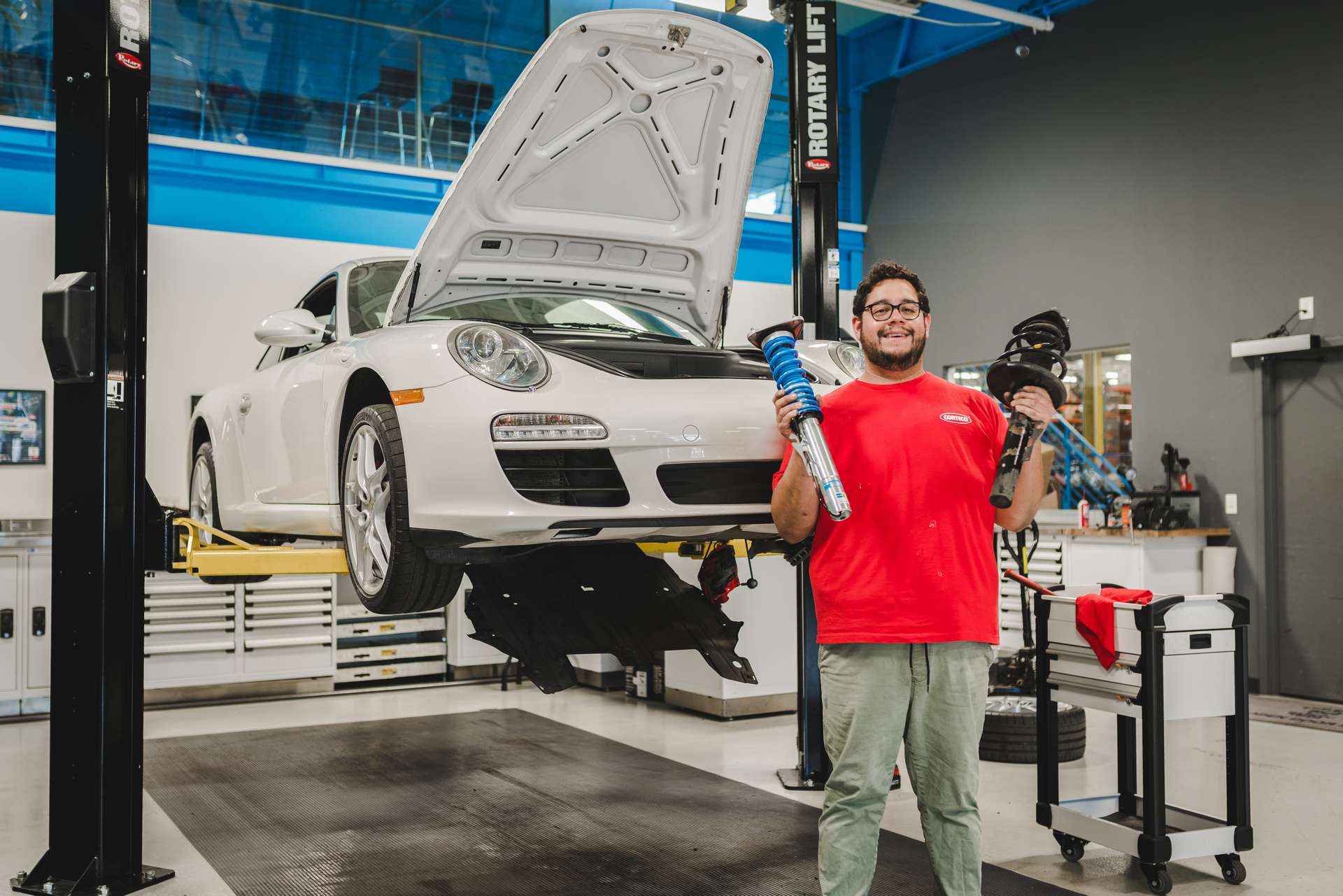
Beyond that, it gets more complicated. On the Carreras and Turbos, all of the various arms in the front and rear suspension are non-adjustable with hydraulically filled bushings or ball joints throughout. All of the GT cars have a split front control arm that uses shims to add or remove camber. A smaller bushing transmits more feel into the car and removes excess play. Both caster arms are the same length, but the pair found in the GTs uses a spherical bushing, whereas the non-gt uses another hydraulic piece. The front strut mounts utilize spherical bearings instead of rubber for the same performance-based reasons. Though, the mounts also have two sets of mounting holes for more camber adjustment.
At the rear, it’s the same sort of story. The Carrera and Turbo arms are non-adjustable with more comfort-oriented bushings, while the GT3 and GT2 use the same arms with more aggressive bushings. However, the RS variants get a split lower control arm for camber adjustment like the front arm. Utilized on all of the GT variants is a modified rear subframe. The subframe bushings were eliminated for solid mounts, and both the upper and lower control arm mounting points have slightly different locations than the Carreras for better performance.
Coil-over front struts and coil-over rear shocks cover the suspension damping on all 997s. Every base Carrera uses a traditional passive gas-filled damper at both ends without any electronic adjustment. The standard PASM suspension consists of slightly firmer and shorter springs paired with an electronically-controlled fluid-filled damper on every other variant. A valve inside the damper controls the vertical flow of oil and the compression and rebound of the car with it. The valves are controlled by a computer that uses various sensors’ input and a handful of predetermined maps to determine the damping characteristics. All PASM suspension comes with a button that activates a firmer setting suited for spirited driving. That setting is also activated when the “SPORT” or “SPORT PLUS” buttons are pressed.
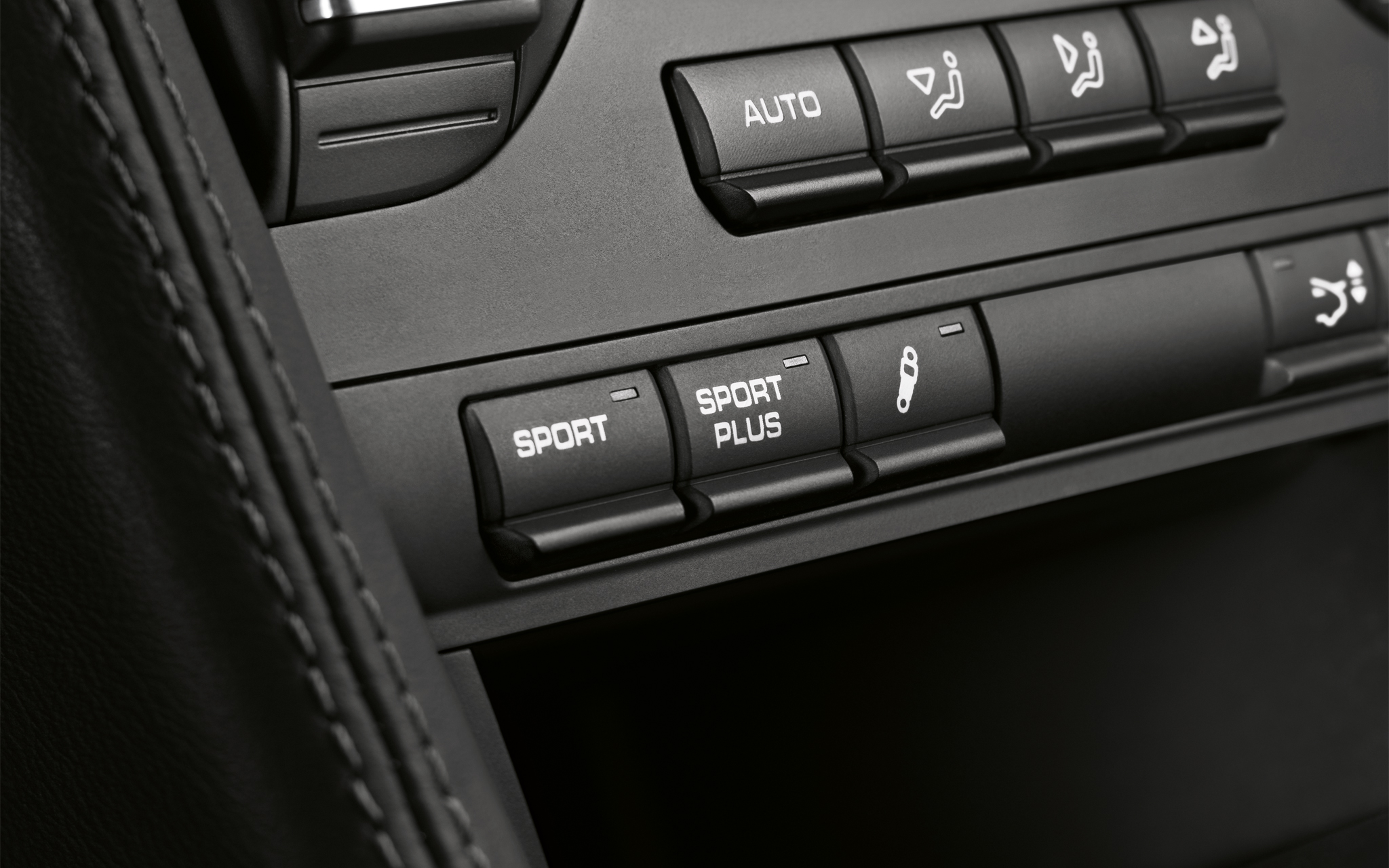
The 997.2 continued to use and offer the PASM dampers but was also available with a set of stiffer and lower springs. The PASM Sport option ditched the already 10mm lower PASM springs for a stiffer set another 10mm shorter. Depending on the model, the sport option would also include a mechanical limited-slip differential for maximum performance.
Again, for adjustability’s sake, Porsche fitted each GT variant with motorsport-derived PASM dampers with a threaded body. On the body rides the spring collar, which can be spun up or down to adjust the height and corner balance. The non-GT models don’t have any adjustments. Sway bars are the same thing; multiple holes for adjustable roll control on the GTs and single mounting points for all other bars.
For those looking to hit the track, GT3 suspension arms can be installed without modification for improved agility. There’s also a plethora of well-known and high-quality aftermarket companies that make adjustable and race-proven suspension components with more performance than the factory pieces. Whatever you want to do with your 997, there are likely parts out there that’ll work for you.
Porsche 997 Brakes
The 997’s brakes are fairly straightforward and color-coded for easy identification. As far as size is concerned, the more power the engine made, the bigger the brakes got. Each caliper was a monobloc design and clamped over vented, cross-drilled rotors. Turbo and GT variants used six-piston front calipers and four-piston rears. All other models had four-piston calipers front and rear. The 997.1 non-S Carreras and Targa and the base 997.2 Carrera all used black calipers. The .2 non-S Carrera 4 and Targa 4 had silver calipers. All S-variants, the GTSs, GT3s, and non-S Turbos all used red calipers. Only the GT2s and the Turbo S had PCCBs as standard with their yellow calipers.
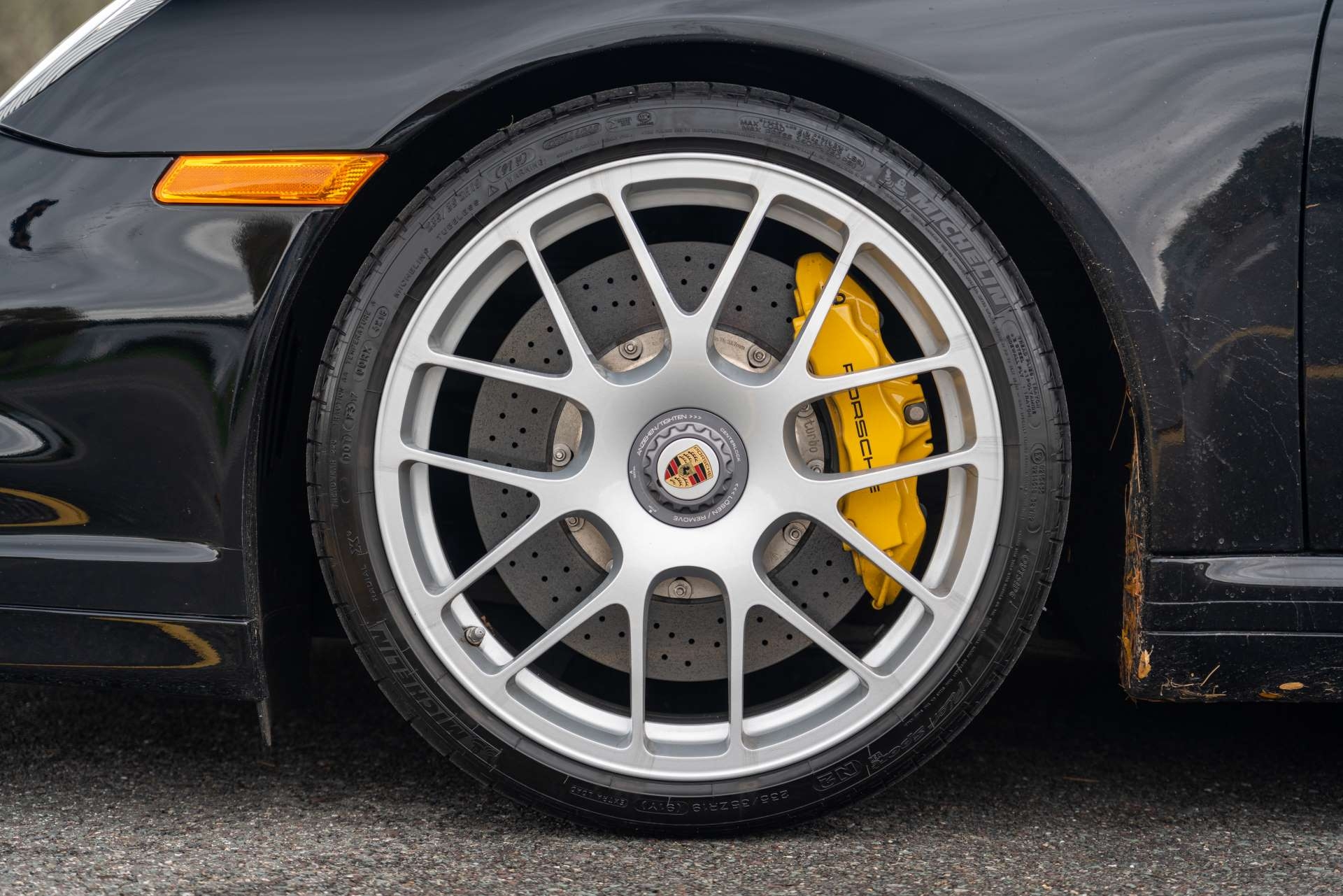
The quicker variants also had increased brake cooling via larger strakes underneath the bumper. Those pieces can be bought from any dealer and installed on any 997 without major modification.
What Is A Porsche 997 Like To Drive?
Every reaction we have to a product is subjective. The things we say and how we feel are down to our individual minds and the preferences within them, so taking someone's word for something can be tricky. Though, there are those opinions we trust, whether from a close acquaintance or an independent journalist, and use them to help influence our purchasing decisions. So, instead of our resoundingly positive takes on the 997, here are some opinions written by automotive journalists over the years.
“There's just something magical about that initial tail-out sensation you get when you toss a 911 into a corner, that little hip-flick…I totally love it. And the GTS represents the best version of "it" I've ever had the privilege and pleasure to experience.”- Jonny Lieberman - Motor Trend - Sep 29, 2011
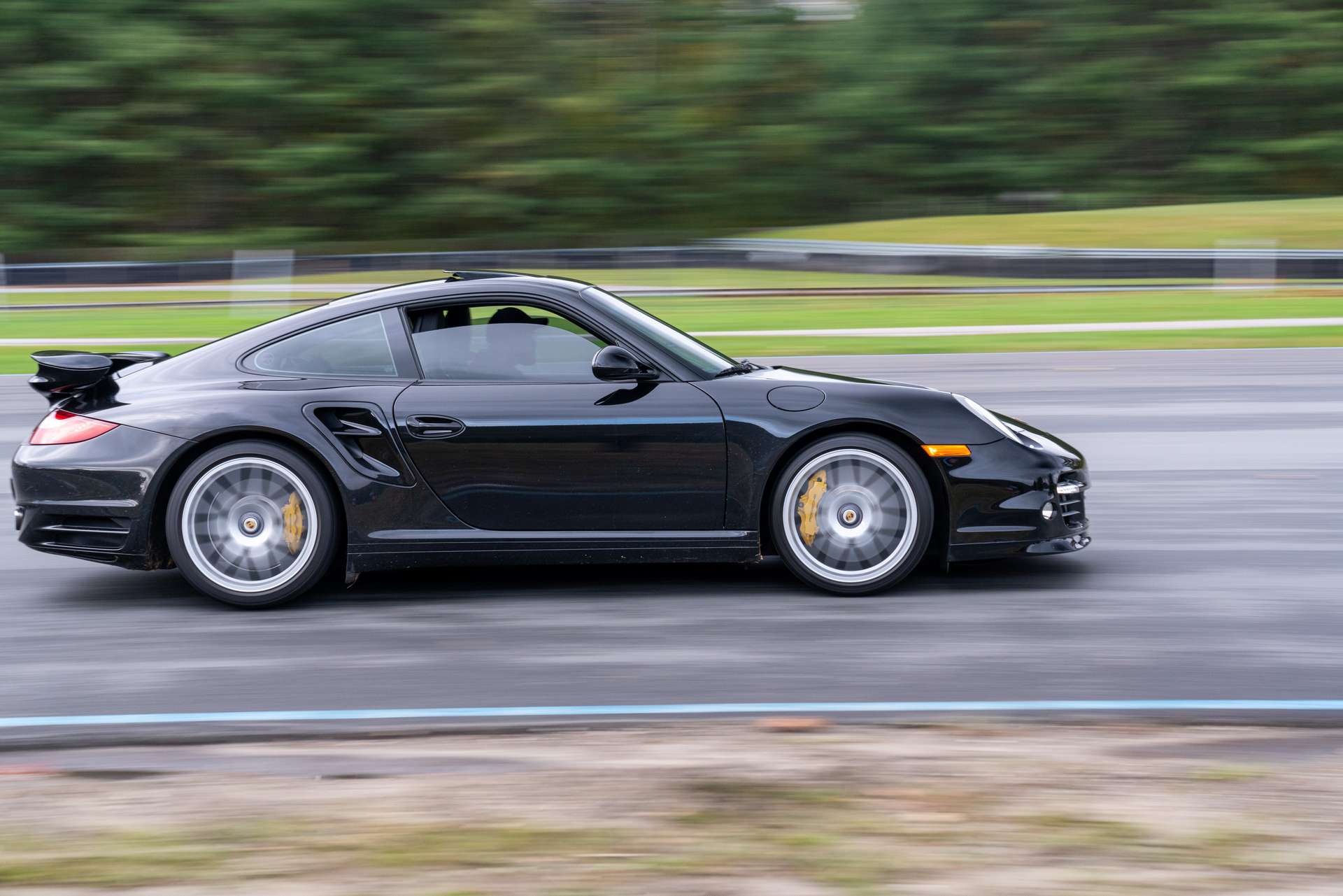
“On one hand, it had that howling yet un-bustable Mezger flat-six… still monumental as a 3.8. It had exquisite balance, a magical gearbox, and, above all, an ability to connect the driver to the road that has yet to be beaten by any descendant. On the other, it remains usable. This is not ‘just’ a GT3, but an RS, yet it rides well enough and, while wonderfully sonorous, is not so boisterous that you couldn’t use it all the time. The key to a 911 is not just how good it is to drive, but how often it makes you want to drive it. And that RS remains king.” - Andrew Frankel - Autocar - Nov 25, 2020
“Do try your favorite Alpine pass in the new 911. The sticky 0.97-g skidpad performance whets the appetite for winding asphalt, and the 911 carves it up smoked. The thin wheel rim still reports with small tugs and twitches, the front tires cutting perfect arcs and the rear end planted firmly on its vast patch of rubber. The flat poise remains under braking, the clamps delivering five successive stops from 70 mph all at less than 160 feet.” - Aaron Robinson - Car and Driver - 2004
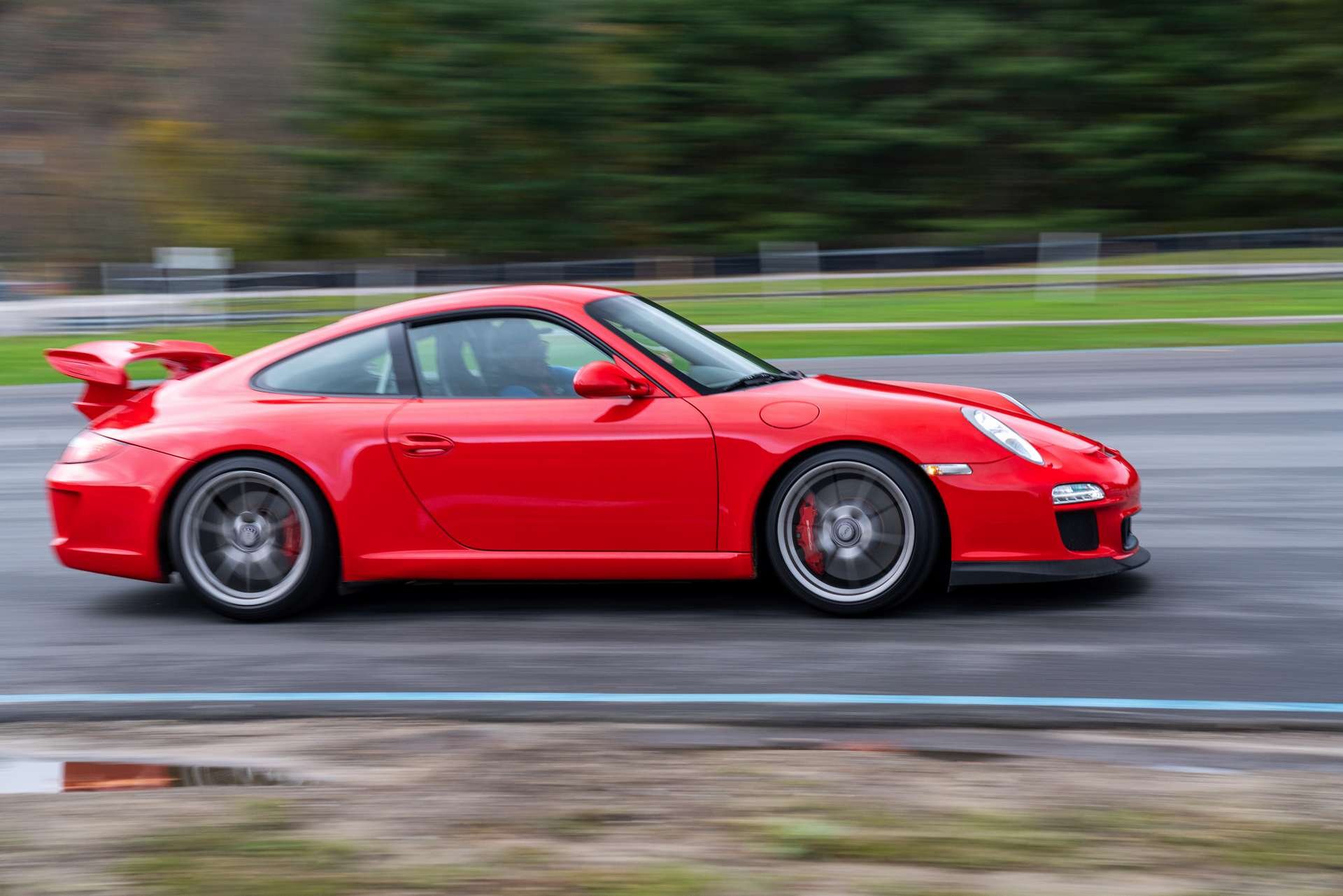
“But there is one area where the Turbo is still very much king of the castle. If you want a haymaker to the base of your spine and acceleration that makes it slightly difficult to think properly then there’s nothing like a bit of forced induction. Fire up the flat-six and the differences start to reveal themselves. One of the disappointments of the standard car is that it doesn’t quite sound angry enough given the way it flings you towards the horizon. The Four Horsemen of the Apocalypse deserve to be ushered in with a decent soundtrack, and the new exhaust ensures that happens. Importantly, though, it still manages not to be intrusive when you’re merely cruising across a continent.” - Henry Catchpole - Evo - May 10, 2007
How To Buy A Porsche 997
The 997 was a smash hit upon debut and was the best-selling 911 generation ever when production ended. Since then, owners and onlookers have continued to appreciate the 997 for its looks, driveability, and performance offered for the money it took to own one. However, the recent explosion in the enthusiast car market has caused prices to balloon somewhat. As an expensive and desirable sports car in its day, more than a few owners put hardly any miles on their 997s, so it isn’t uncommon to see one with under 30,000 miles. Though, it’s even more likely that you’ll find one well above 100,000.
With such a variance in ownership experiences, you can find 997s for sale at every possible avenue. Forums like Rennlist and Pelican Parts regularly have several models for sale by private owners and specialist dealerships. Although they’re ten years old, you can occasionally find them on dealership lots, too, as owners trade them in for the latest and greatest Porsches. Other outlets like eBay Motors and Craigslist are bound to have listings from private sellers. When working with any sort of dealership, use all the tools in the toolbox to make sure you’re not being taken advantage of, whether knowingly or unknowingly. Most dealerships aren’t going to know these cars as well as a well-read buyer, which can play to your advantage, at least when it comes to avoiding bad cars.
A private seller is arguably the best choice for finding a good used example. Although plenty of private sellers offer clapped-out examples, there is an equal number who’ve cared for and know a lot about the car. These tend to be garage kept with service records and detailed history, all the right conditions for a good used sports car. However, there are a few downsides to a knowledgeable private seller. Emotional attachment is tough to work around, especially when it puts the asking price on the high side. Use whatever blemishes you find in your negotiations to swing the price to a more favorable place. If the seller doesn’t move, don’t be afraid to walk away.
What To Look For When Buying A Porsche 997
First and foremost, overall condition is essential. The 997 had a good reputation for interior and exterior quality, so if there are tears or blemishes, they’re signs of poor care. While that isn’t completely indicative of a neglectful owner, use an extra fine-tooth comb while going through the car.
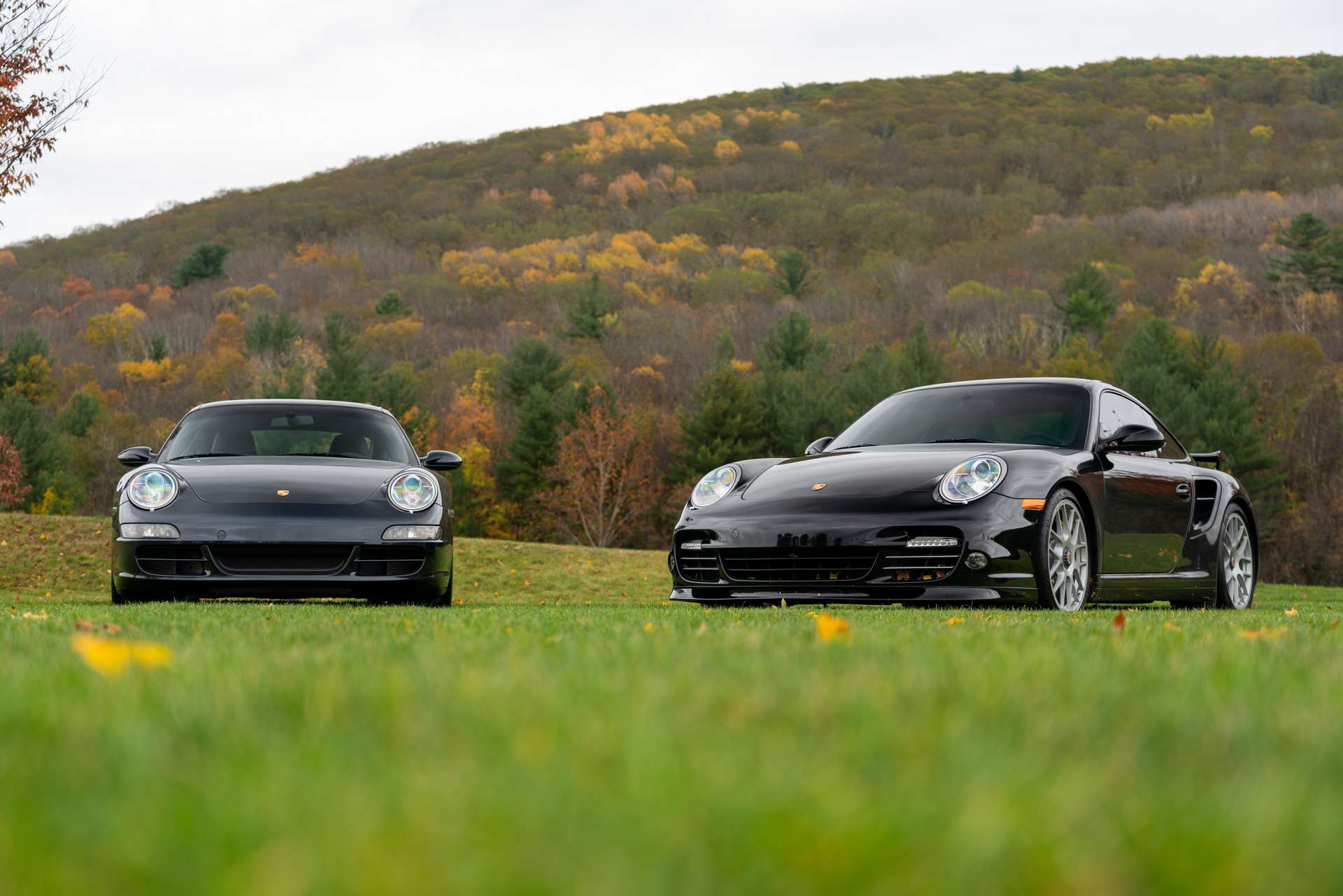
Starting with the body, give the entire exterior a thorough check. 996s suffer from dings and dents easily, especially at the edges of the doors. Check the bottom of the frunk, under the car, if it is lowered. They sit just below the bumper’s lower edge and will take a beating when not driven around. The front bumper likely has some damage if the trunk pan has seen some abuse, too. A cracked or damaged bumper may not seem like much, but it is a Porsche, and parts prices will reflect that regarding Genuine-only options.
Next up, check out all of the exterior lights. Hazy headlights are very common with sun-baked examples, and, occasionally, the projectors themselves will be burnt or browned. The miscellaneous trims and rubber weather seals are reliably leakproof on the coupes. Cabriolets need to watch out for leaking roofs. Water naturally collects under the seats where Porsche placed several of the car’s computers when it gets in. Additionally, watch for miss-matched paint on bumpers, fenders, and other body panels. Dodgy paintwork is typical on inexpensive used cars that carry an expensive name.
Checking the interior is a bit simpler. When you open the door, the window should “comfort dip” to clear the body frame. If it doesn’t, it may need a door handle, window regulator, or a comfort control module; ensure you’re careful when opening and closing the door, too, because the window may crack without the dip. Inside, check the soft-touch plastics for apparent damage and wear. The center console and shifter trim are the most used pieces besides the steering wheel, and they get nasty when they wear. All of the 997’s seat options feature leather upholstery that isn’t unfamiliar with cracks. Typically they’ll present themselves in higher mileage examples in very sunny environments. Alcantara, while sporty, is easily dirtied and holds skin oils better than anything. A well-used interior will make itself apparent.
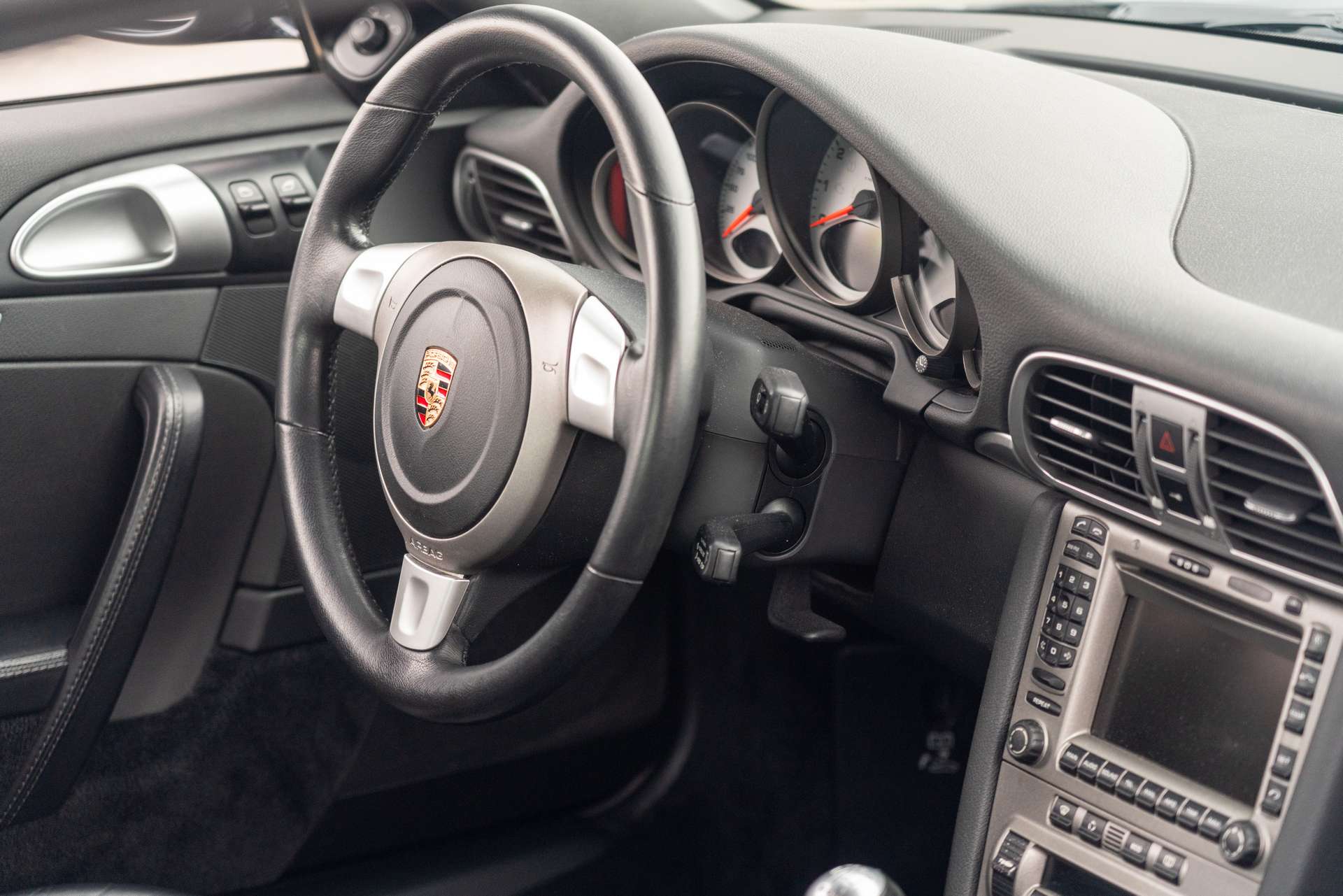
Lastly, check out the electronics, especially the instrument cluster. The LCD screens were high-tech for the era but are known to lose their functionality with age. The early PCM used buttons and knobs, while the latter used a touchscreen. Both were known to work well enough without regular faults, though they will feel antiquated by today’s standards. Play a few songs from different genres to get a feel for the sound quality and the speaker system’s health.
The engine should fire quickly and settle in a steady lope on startup. The GTs and Turbo have a noticeable bark, while the Carreras have a quieter but bassy growl. Loud ticking, especially noticeable in the cabin, is a red flag. Check Engine Lights aren’t the end of the world, but you won’t even begin to know the issue without a code scanner. The faults causing the light can be a simple fix or an engine out ordeal; any error codes related to engine misfires and cam timing or cam correlations should be taken very seriously and give a serious cause for pause before purchasing. If you find yourself facing a flashing CEL, don’t drive the car; just shut the engine off. Once the car is up to temp, revving past 4000rpm and up to redline should provide a steady increase in acceleration and power. The most basic 997.1 Carrera is actually a ton of fun to drive, and they make all the right sounds and power where they need to. Even with “only” around 320hp, they’re relatively lightweight, helping them hold up 17 years on.
As you take it for a drive, pay attention to how the car handles and how it feels. Stock 997 suspension isn’t the stiffest in the world, but it is relatively firm and composed. Sharp bumps shouldn’t upset the suspension, and all bumps should be handled quickly; no wallowing or rolling. Suspension modifications are common on used 997s, as many have seen more than spirited driving. Research the aftermarket parts before making the decision that they’re right for you. Clunking from the suspension is indicative of worn bushings, tie rods, or dampers. Those parts are relatively inexpensive and are easily replaceable by any DIYer.

Knowing about the car you’re potentially buying can save you from buying a lemon. However, the best way to save yourself is to request a Pre-Purchase Inspection (PPI) from an independent Porsche specialist before buying it. Aside from what you can see and feel, you will need a full vehicle scan to know the whole story of your potential new-to-you 911. Most shops and all dealerships have the Porsche-specific computer and scan tool, the PIWIS, which will read the engine computer and show you the overrev logs for the car. Porsche has a full range of logged over-revs that the ECU will keep and store permanently, ranging from 1 (minor) to 6 (major), which will help to give you an idea of the life the car led. If the seller doesn’t agree to a PPI, consider walking away from the vehicle.
Porsche 997 Pricing
996 values took a nosedive as warranties expired, and owners grew weary over IMS bearing concerns before eventually hitting the mid-teens for an average Carrera. The 997 never fell that far and has since regained some value in this wild collector car market. Of course, prices will range widely depending on the model. The Turbo and GT variants were some of the last of their kind and have since become highly valued collector cars, while the Carreras are still used as secondhand daily drivers by some. Exact pricing will always come down to condition and history, but each model does have a relative range.
At the top of the used range is the GT2RS. The exclusive turbocharged track weapon had its value sitting near the $350,00 mark on the used market for the last few years. However, the three sold at auction between December 2021 and the end of January 2022 went for as little as $515,000 and $777,000—crazy numbers for an eleven-year-old Porsche. The other GT models all range based on exclusivity, mileage, and options, but expect to pay no less than $100,000 at the very least for one of them.
A step lower from the GT models are the Turbos. The 997 was the last turbocharged 911 to be offered with a manual transmission, and values have held at a fairly respectable level for the performance they offer. Both the .1 and .2 Turbo are reliable and have proven themselves capable of big horsepower, so there isn’t much of a difference between them save for the updated electronics and infotainment. The .1 Turbo Cabriolets are the least expensive of the 997’s boosted models, with high mileage examples widely available for sub-$80,000. As the miles get lower, the options list longer, and the roofless open, the prices rise to a peak just north of $150,000.
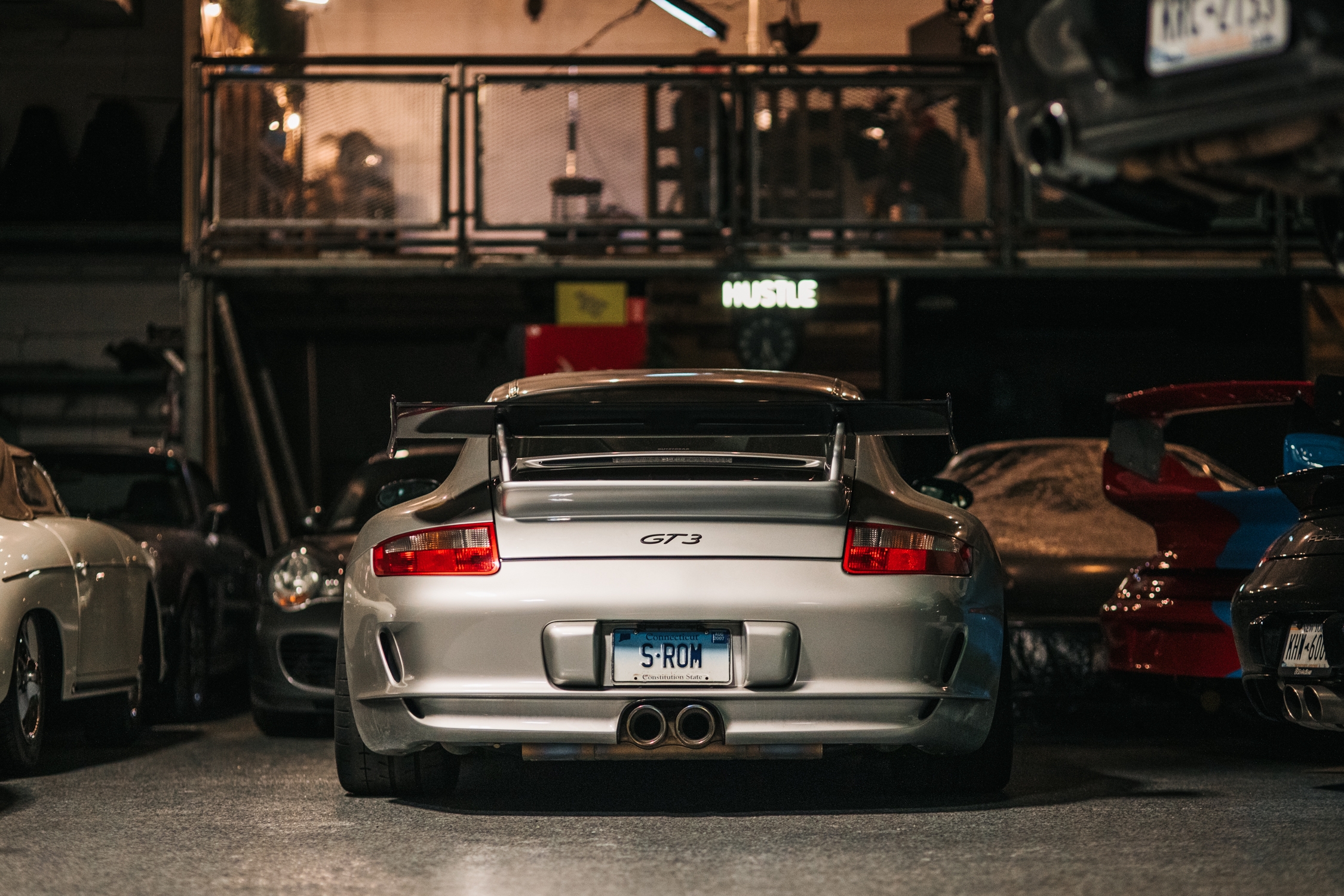
The 997.2 GTS models, regardless of 2WD or AWD, regularly bring the highest dollar figures of any normally aspirated Carrera. As the stopgap between the Carrera S and GT3, their standard options list was the longest of any 997 Carrera and included several high dollar performance additions at a reduced rate. Secondhand buyers and current owners are well aware of that fact, though, so asking prices are in the lower Turbo range. Higher mileage examples sit around the $70,000 mark, and the cleanest cars will command a bit over $100,000.
997.2 and 997.1 Carreras are by far the most available and the least expensive cars to acquire in the 997 range. Early .1 Cabriolets will be the cheapest to grab at around $30,000 for a higher mileage example. Coupes will bring a few thousand more than a similarly treated and represented Cab. A .2 Cabriolet with higher miles is going to start at just above $40,000, while the Coupes at about $50,000. Both the .1 and .2 Carreras can bring above the $80,000 if the mileage is low enough and some special colors or options are equipped.
Is the Porsche 997 Reliable?
Buying and owning a 997 can be a very rewarding experience. As modern cars have grown, the 997 represents a sportscar with a sensible size, low weight, and a powerful naturally aspirated engine. They are mechanical and visceral without all of the electronic aids that make today’s sports and supercars closer to space ships. They are a decade old at a minimum, though, so warranties are non-existent; you’ll be on the hook for every repair.
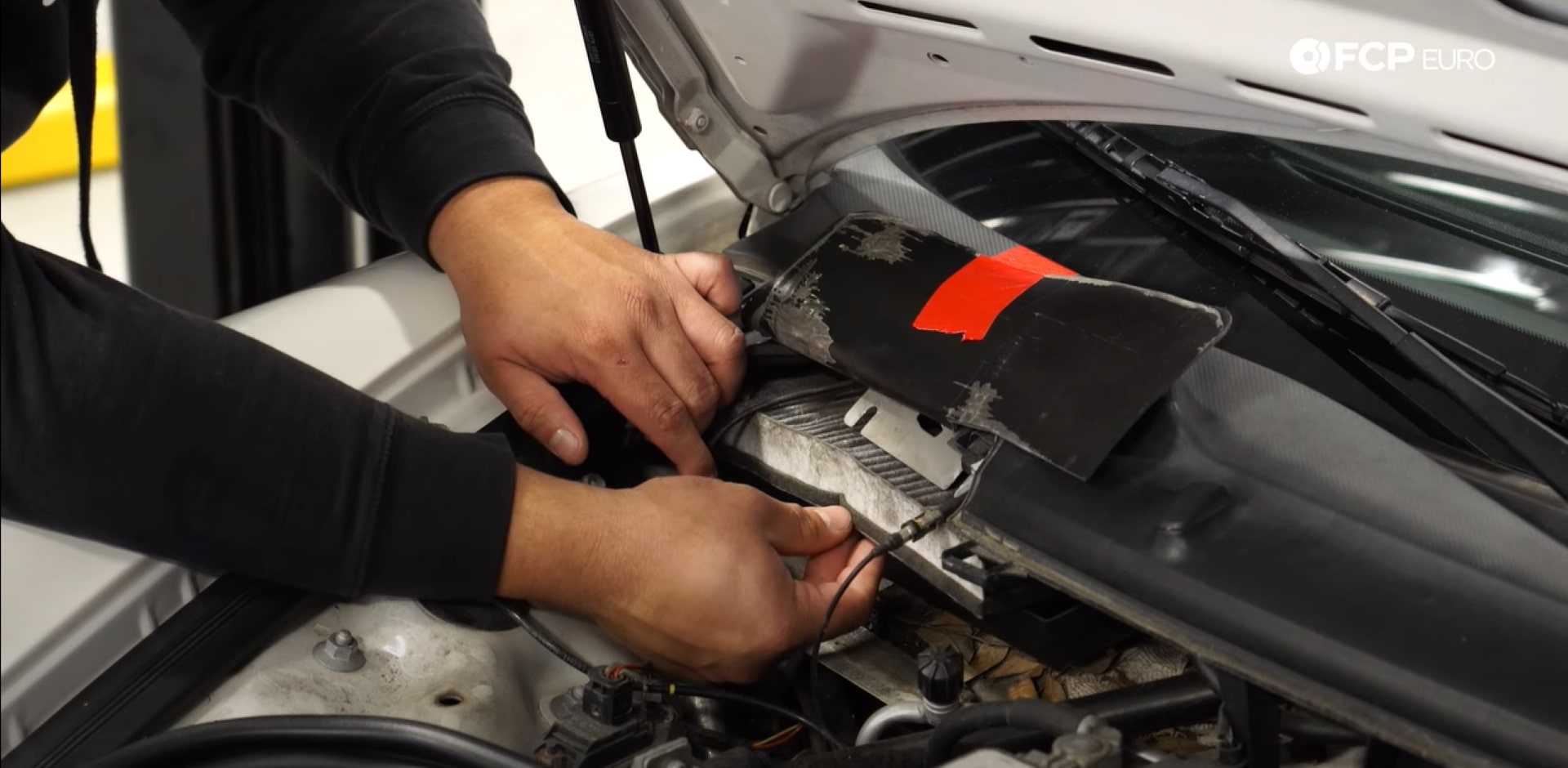
With that said, the 997 is a particularly reliable model. Major engine faults are limited to a small number of models that are likely to have already been fixed. If a replacement is needed, used M96 and M97 engines run around $10,000, and remanufactured engines from reliable sources like Flat Six Innovations can set you back twice that or more. The later engines are devoid of any major mechanical faults and only require a proper warm-up before driving to maintain good health. Transmissions are a similar story; few problems and can hold more power than stock. The Tiptroincs work well and can be repaired by a Mercedes specialist.
Simple services like brake jobs and oil changes are going to cost more than they would for a Camry but aren’t wallet killers. A 997 911 is a reasonably economical car to run, especially with the FCP Euro Lifetime Replacement Guarantee. Working space can be cramped, but all the core service items are relatively straightforward jobs, and the typical stuff, such as ignition coils, water pumps, and similar items on the engine, are very DIY friendly. That ease of accessibility and replacement continues to the suspension and brakes, too. We carry several OE, OEM, and aftermarket parts for all of the wear items you’ll need to replace during your ownership, as well as offer our DIY guides to help you keep costs down.
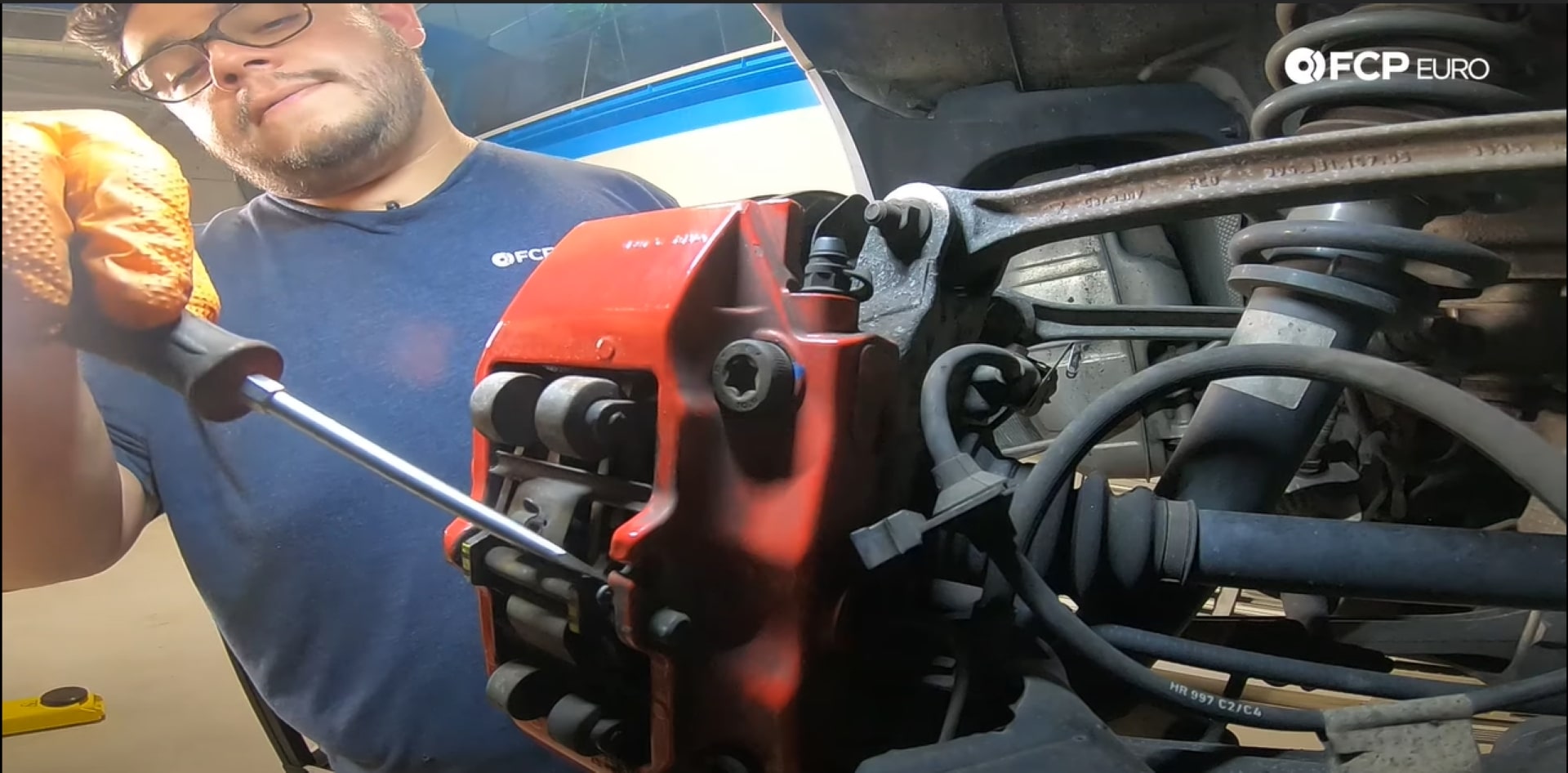
One of the biggest roadblocks to DIYers on a 997 and most other Porsches from this era involves replacing and coding electrical components. The control modules need to be re-coded to your car after replacement, and short of having a PIWIS service computer on the shelf, you cannot do what is required. With this in mind, it’s a good idea to get friendly with a quality local Porsche specialist that can handle this for you. Most will be happy to reprogram modules for a flat fee, but typically with the caveat that since they didn’t do the work, the re-coding may or may not fix the issue.
Regardless of the 997, you’re looking at, they can and will serve very well in a daily driver role. Their trunks are deep enough for a few duffle bags, and the rear seatbacks fold down to create a rear parcel shelf. A 997 works just as well in a weekend warrior role, too. Throw on some GT3 suspension arms, some aluminum CSF radiators, good brake pads, and a set of sticky tires, and the 997 will hang with today’s sports cars on a race track with relative ease. Whatever you decide to use your 997 for, we’ll have the parts and the knowledge to help you out.


